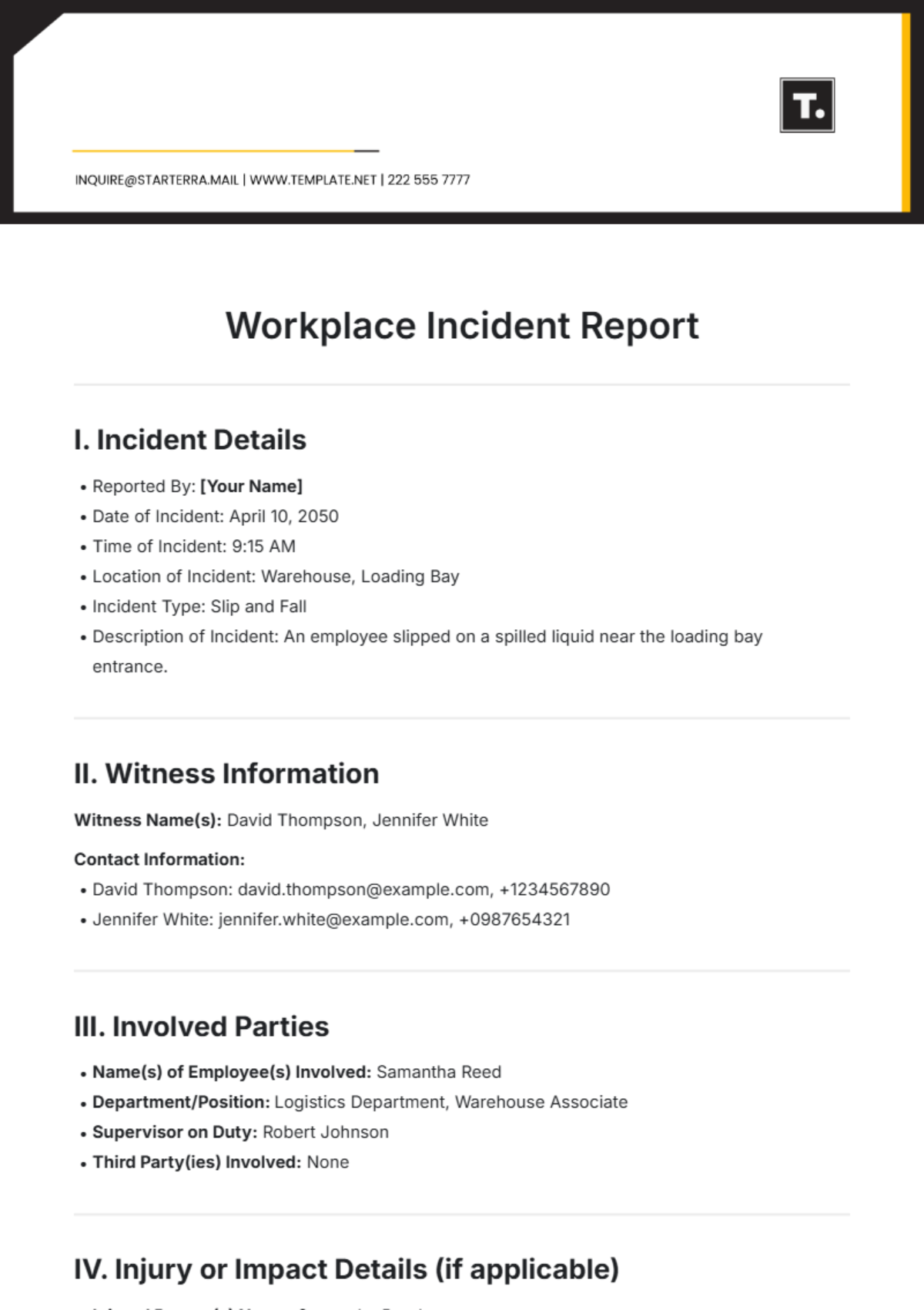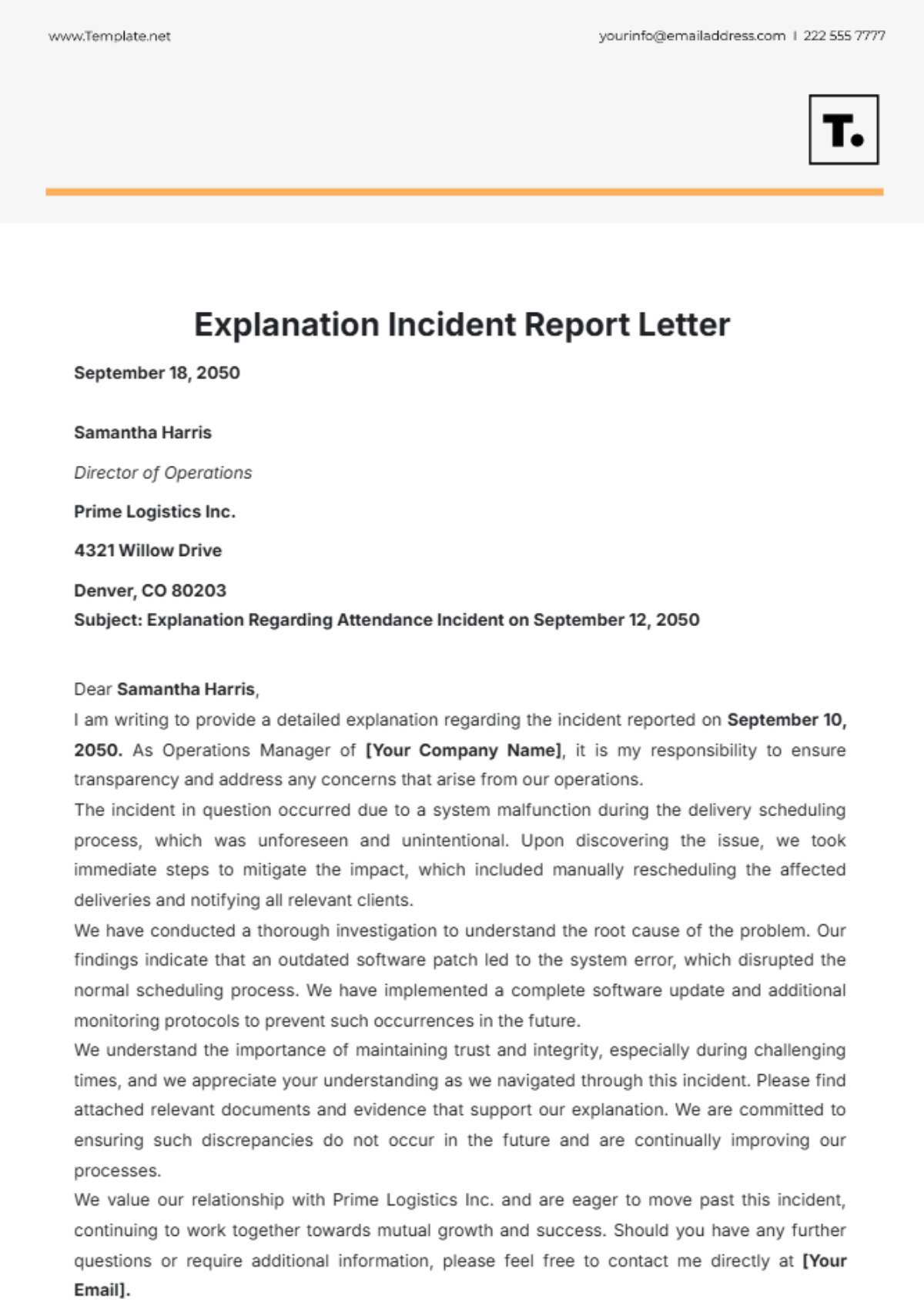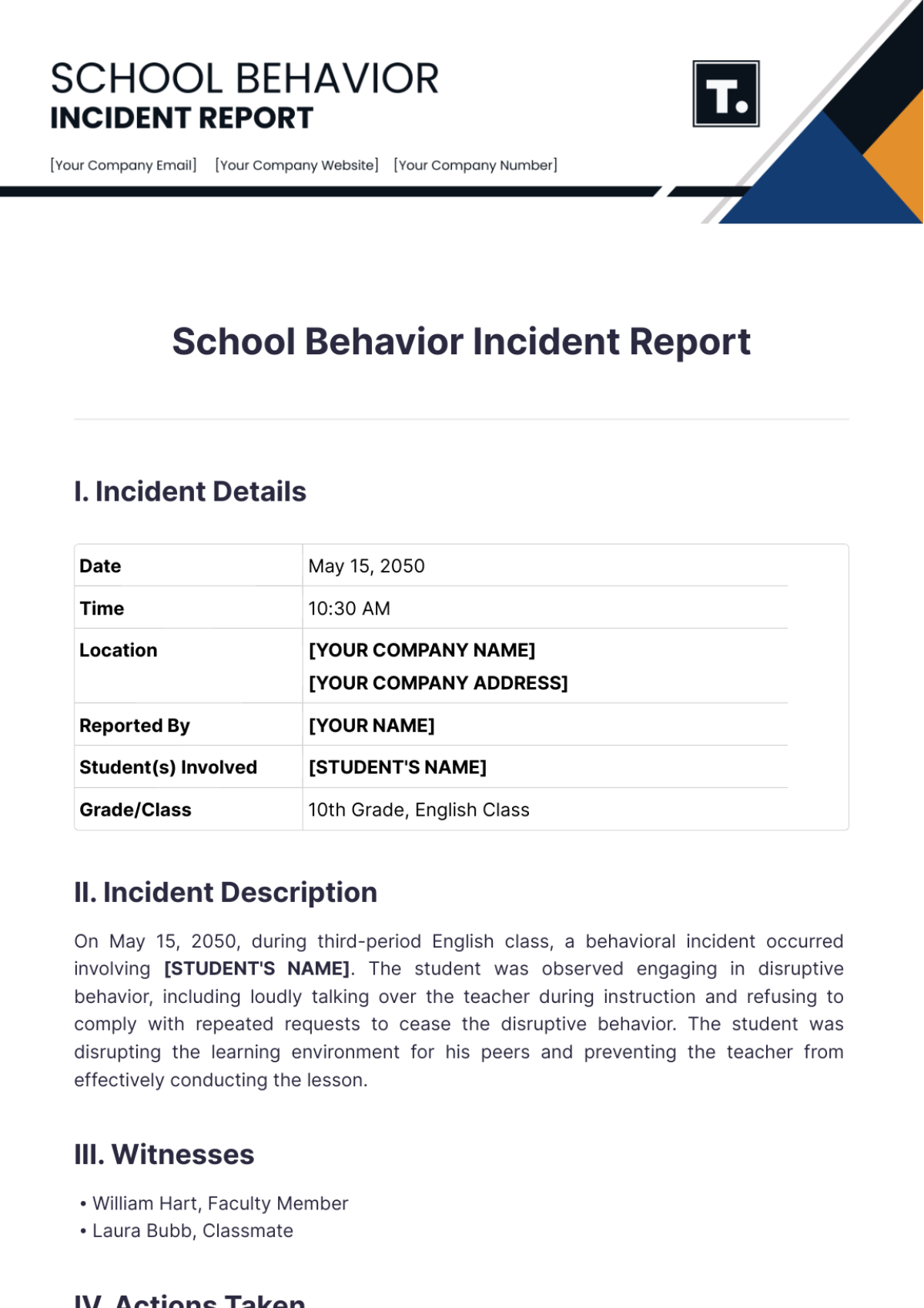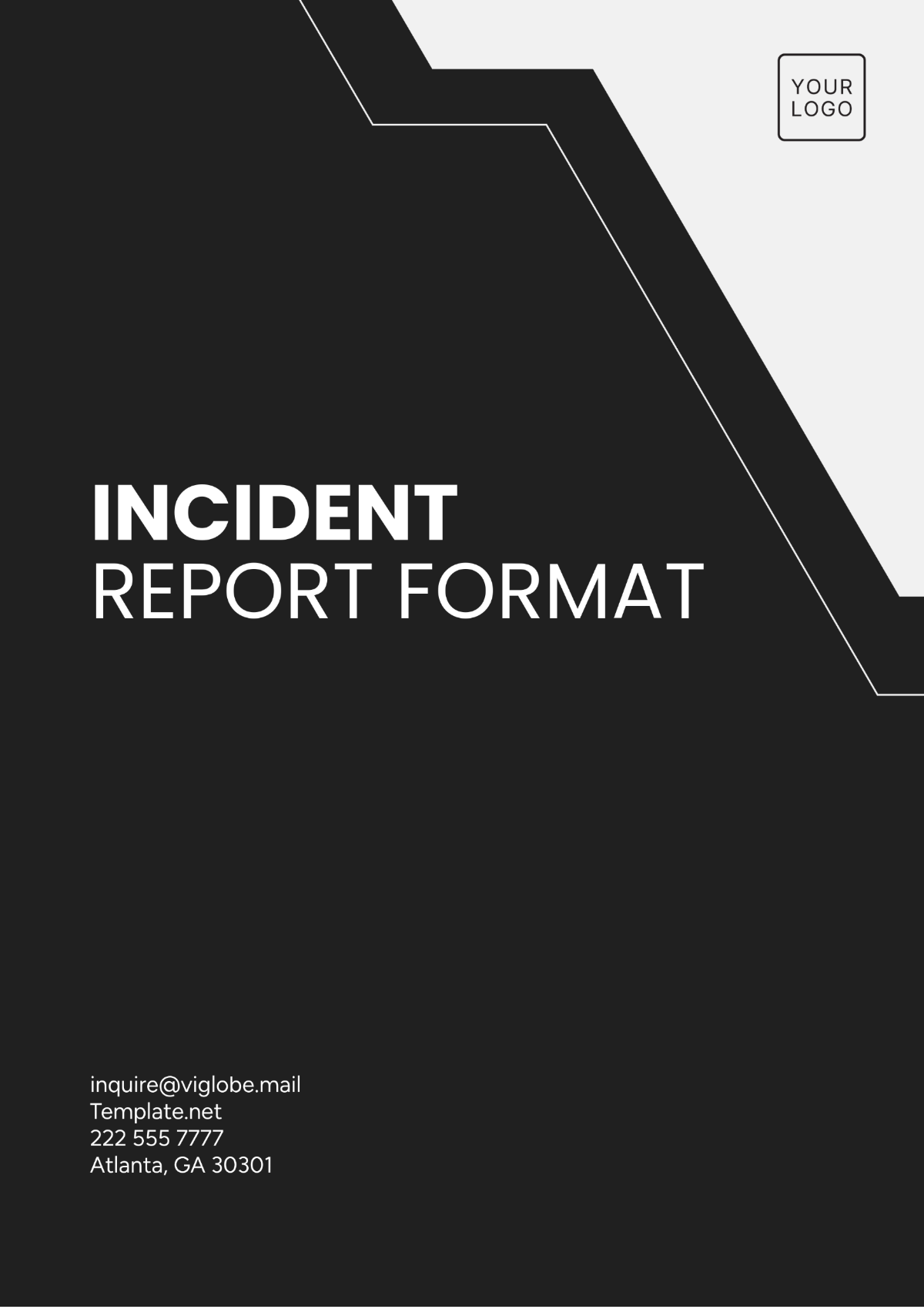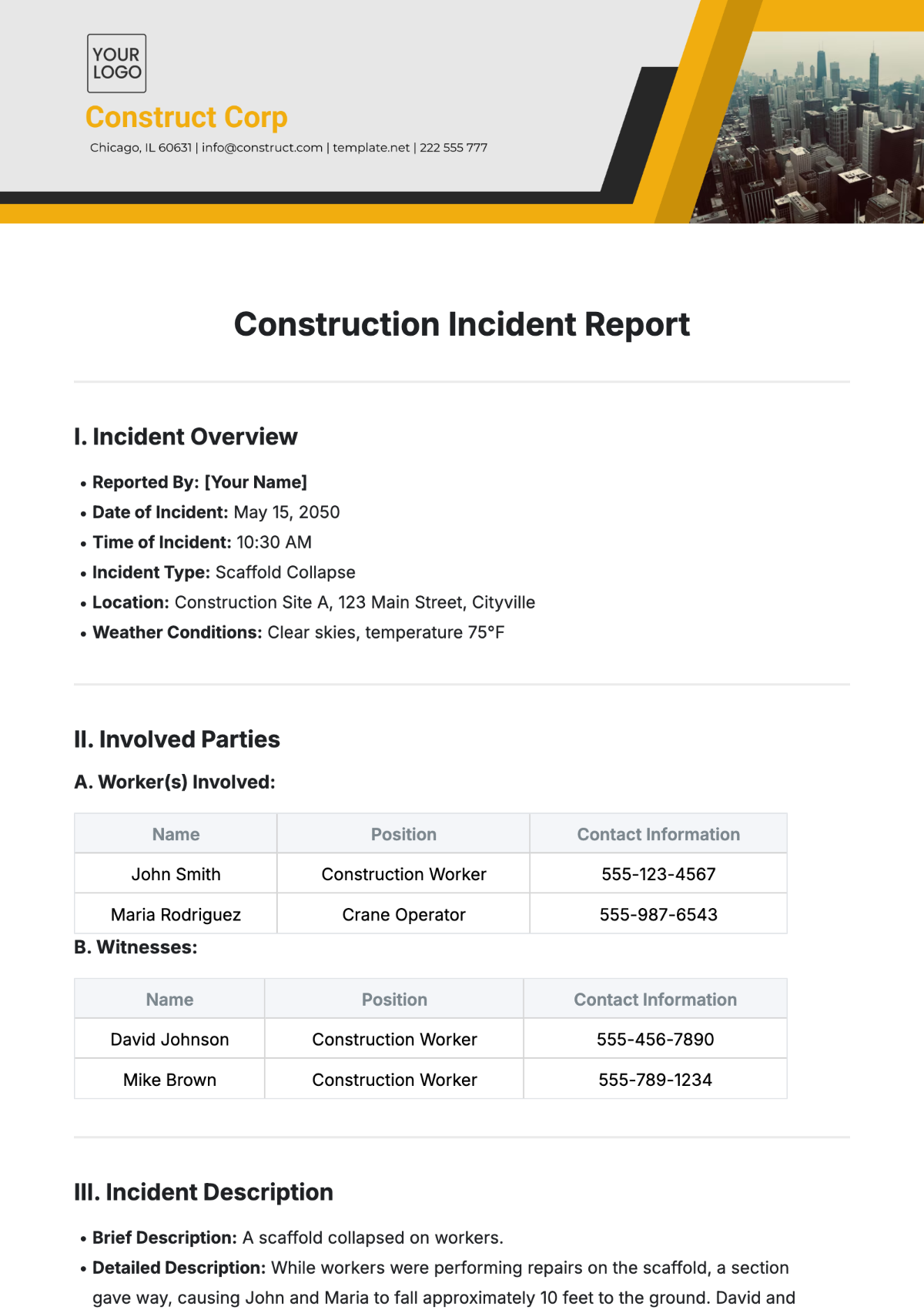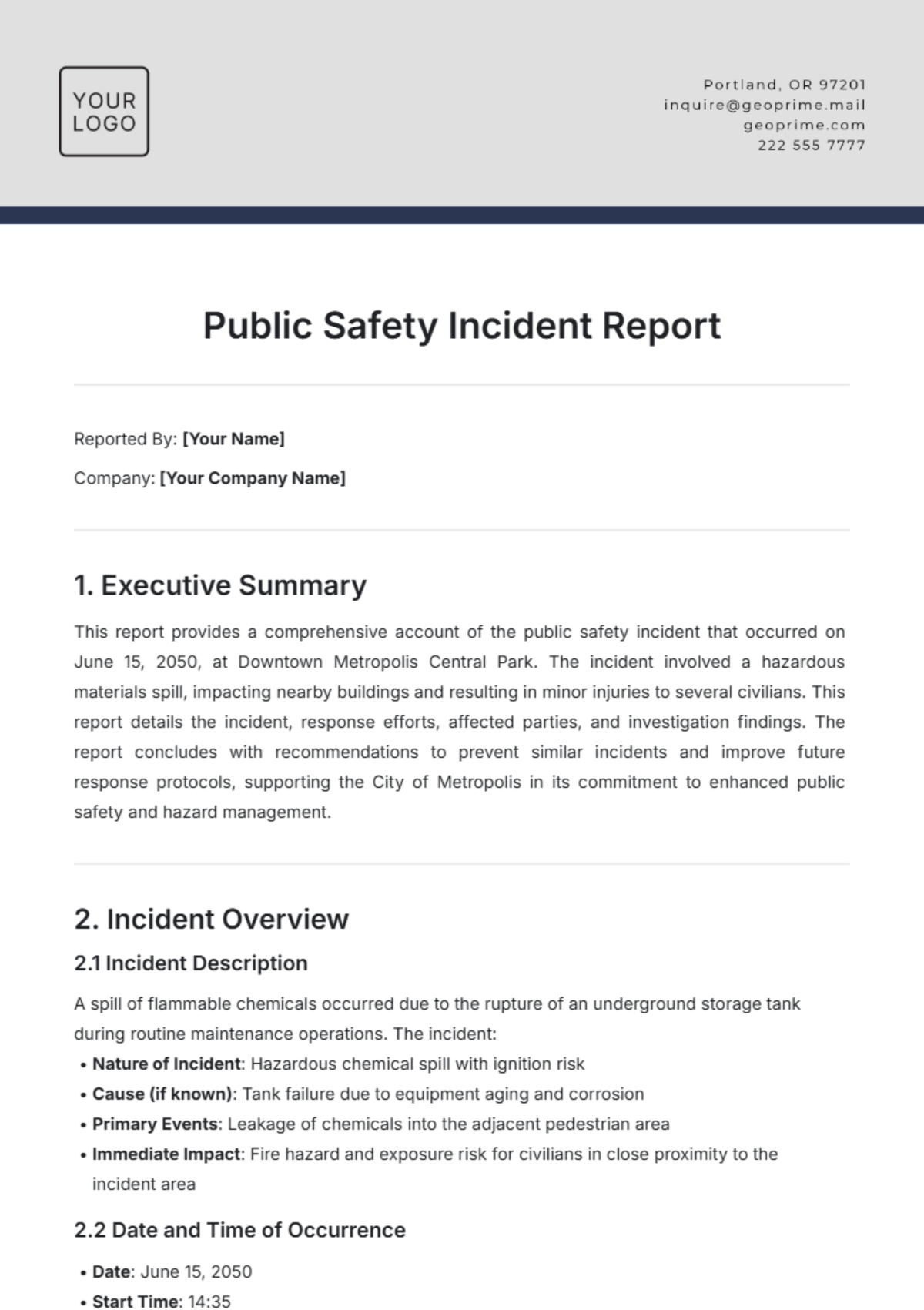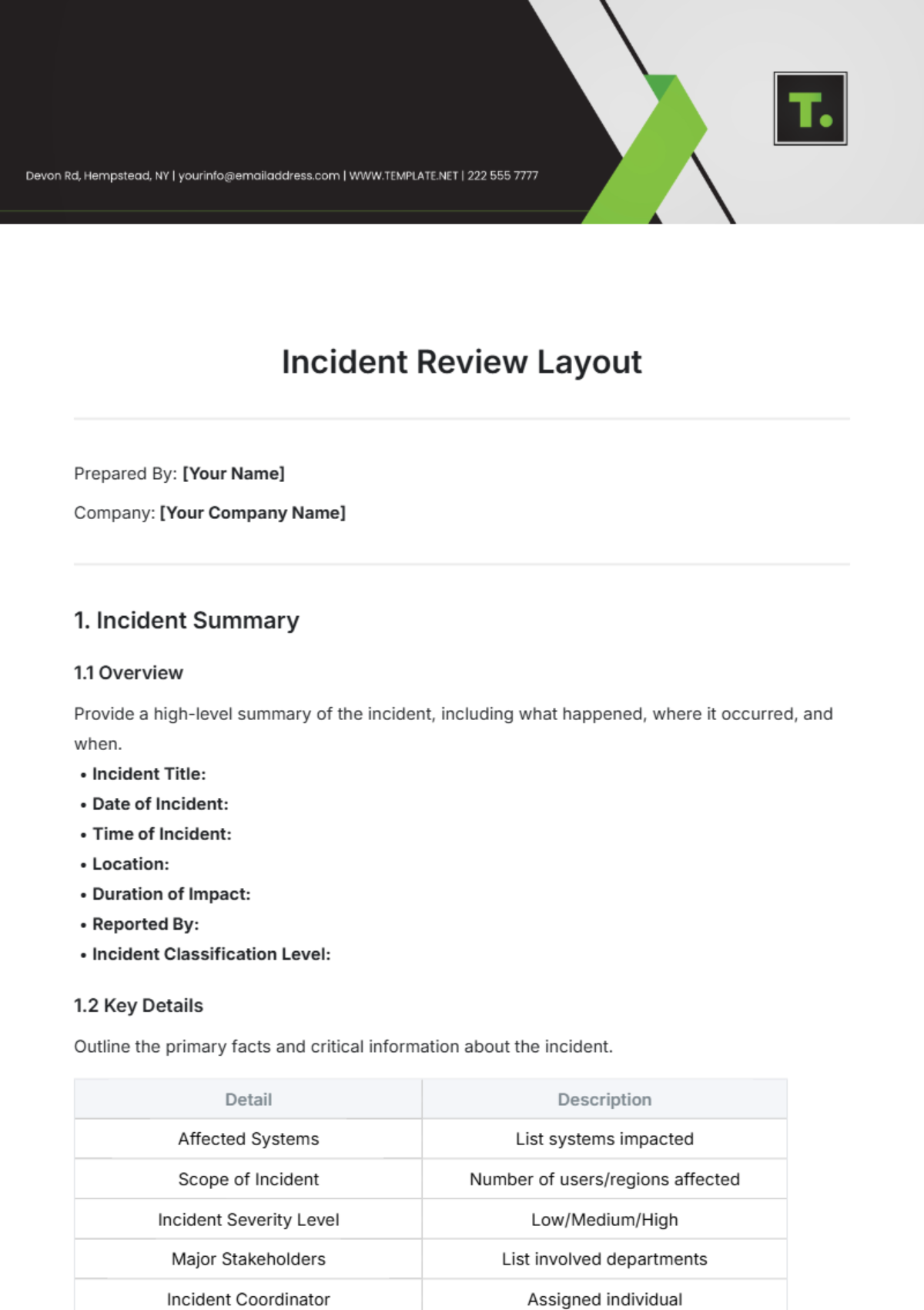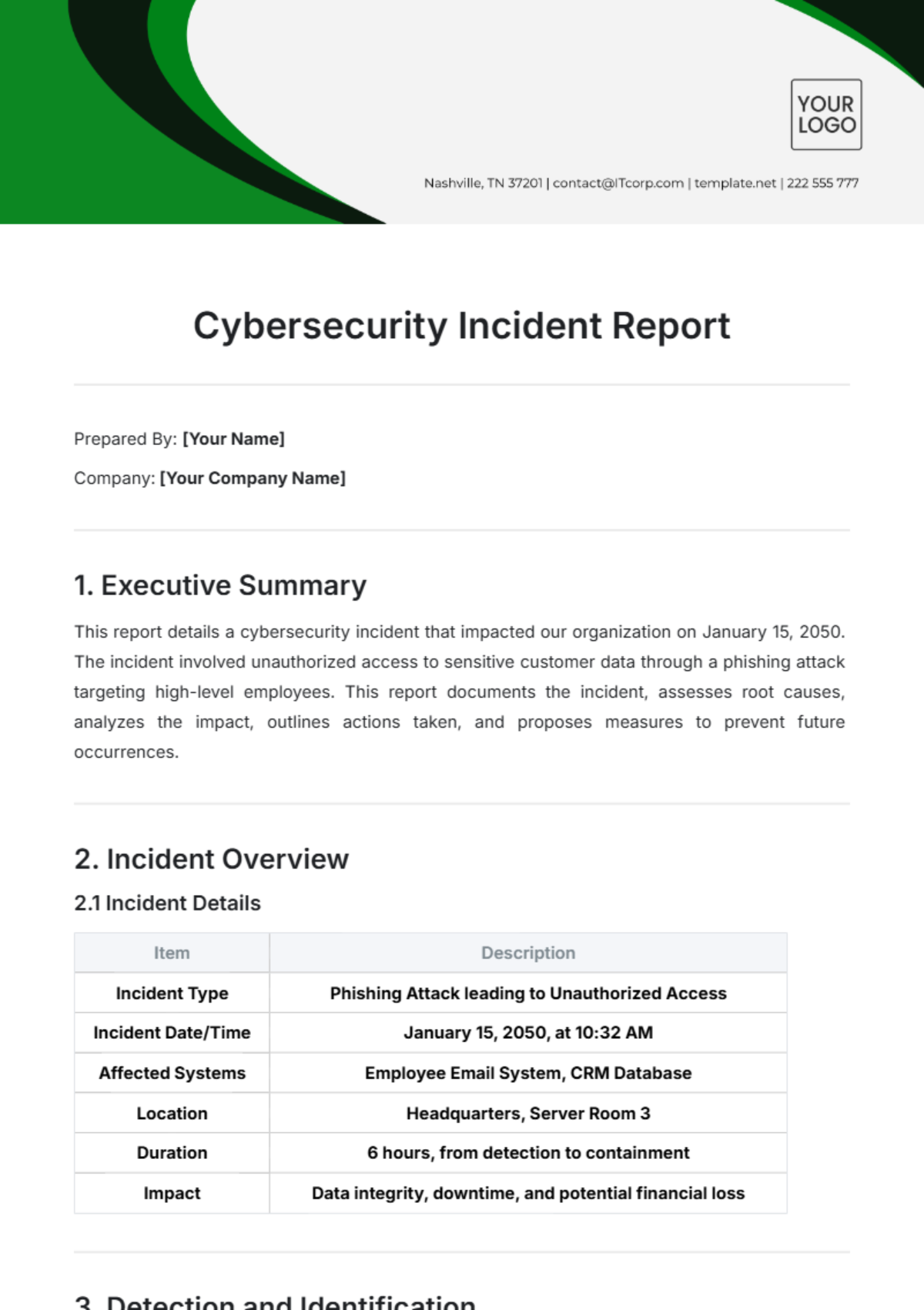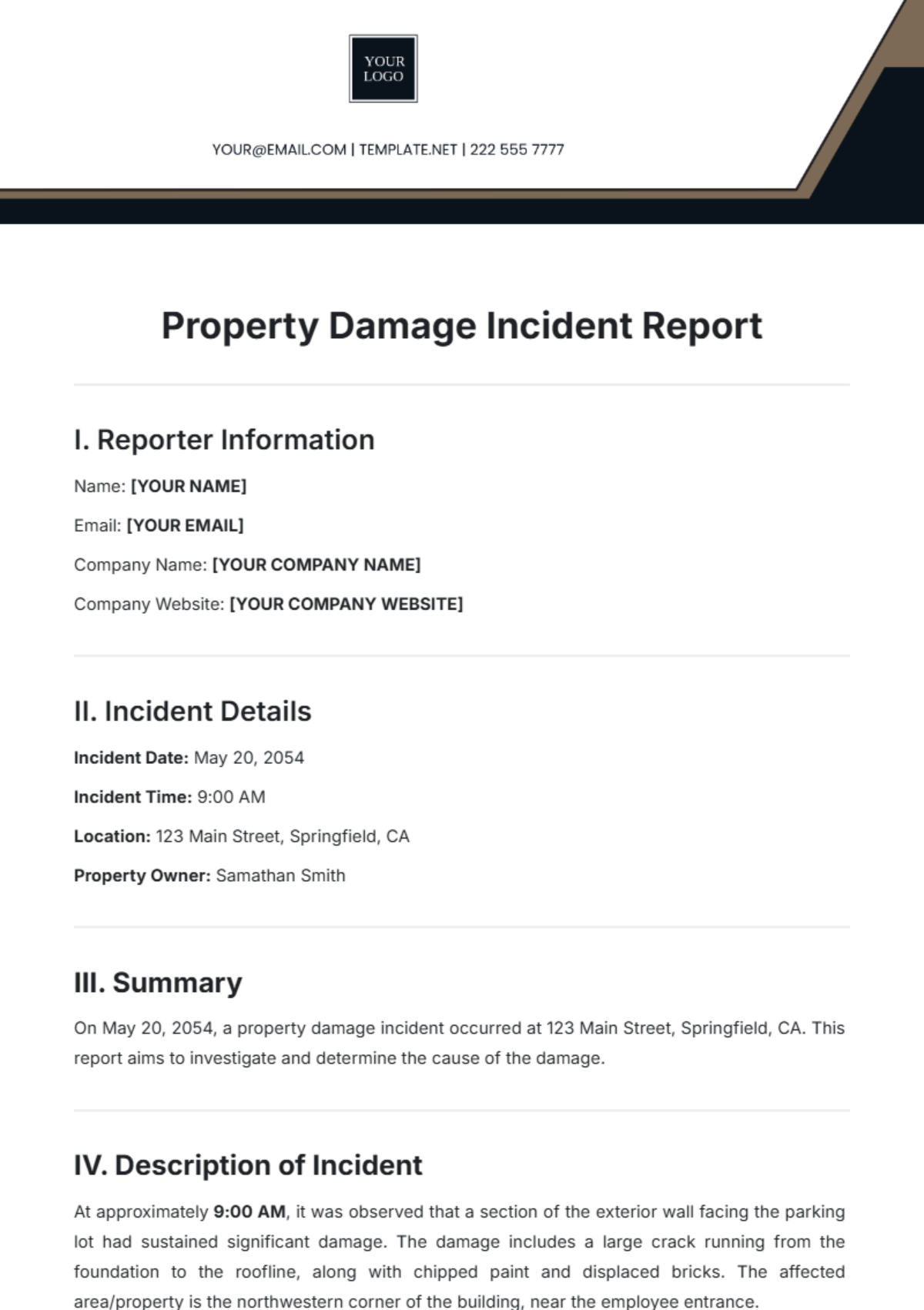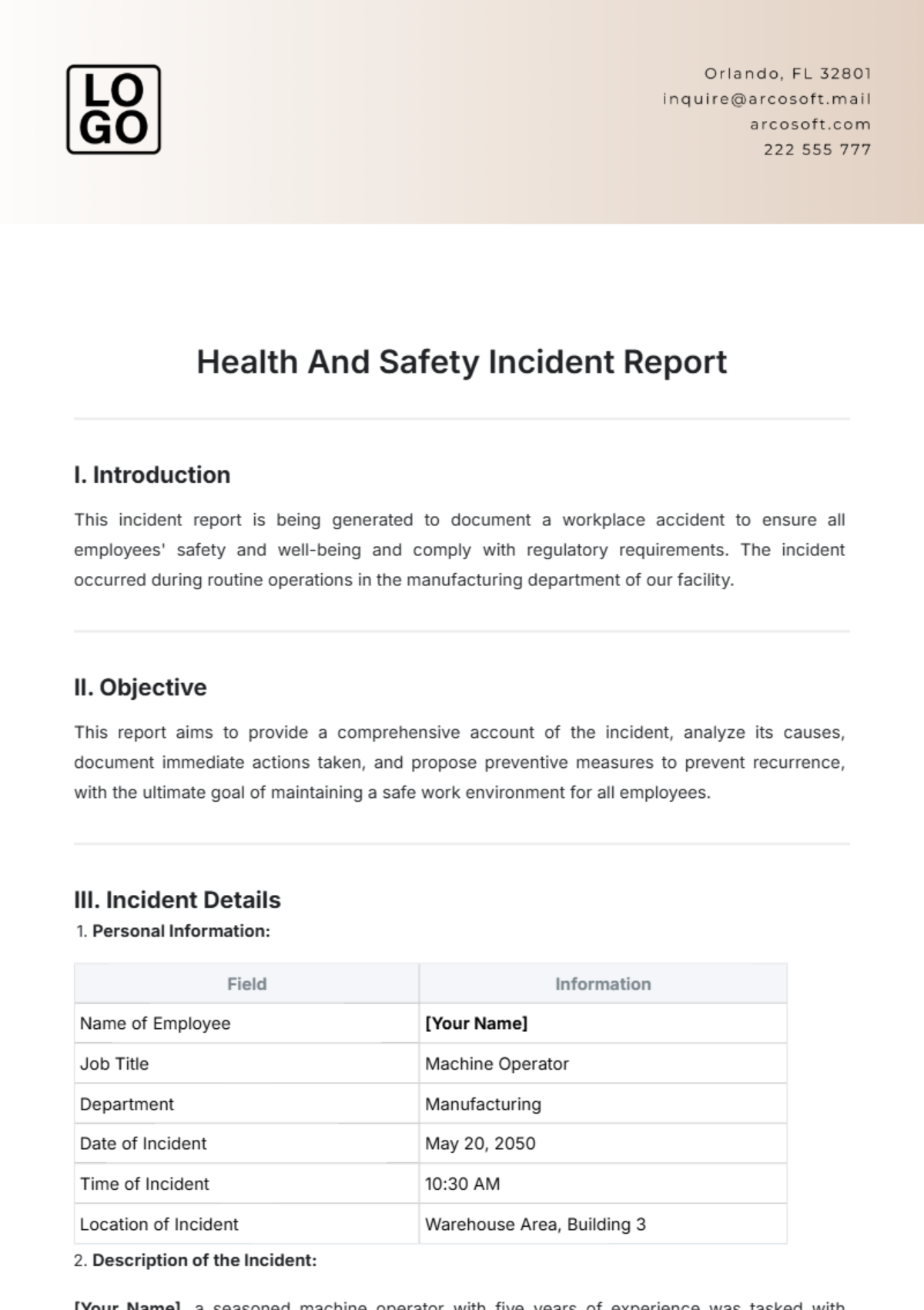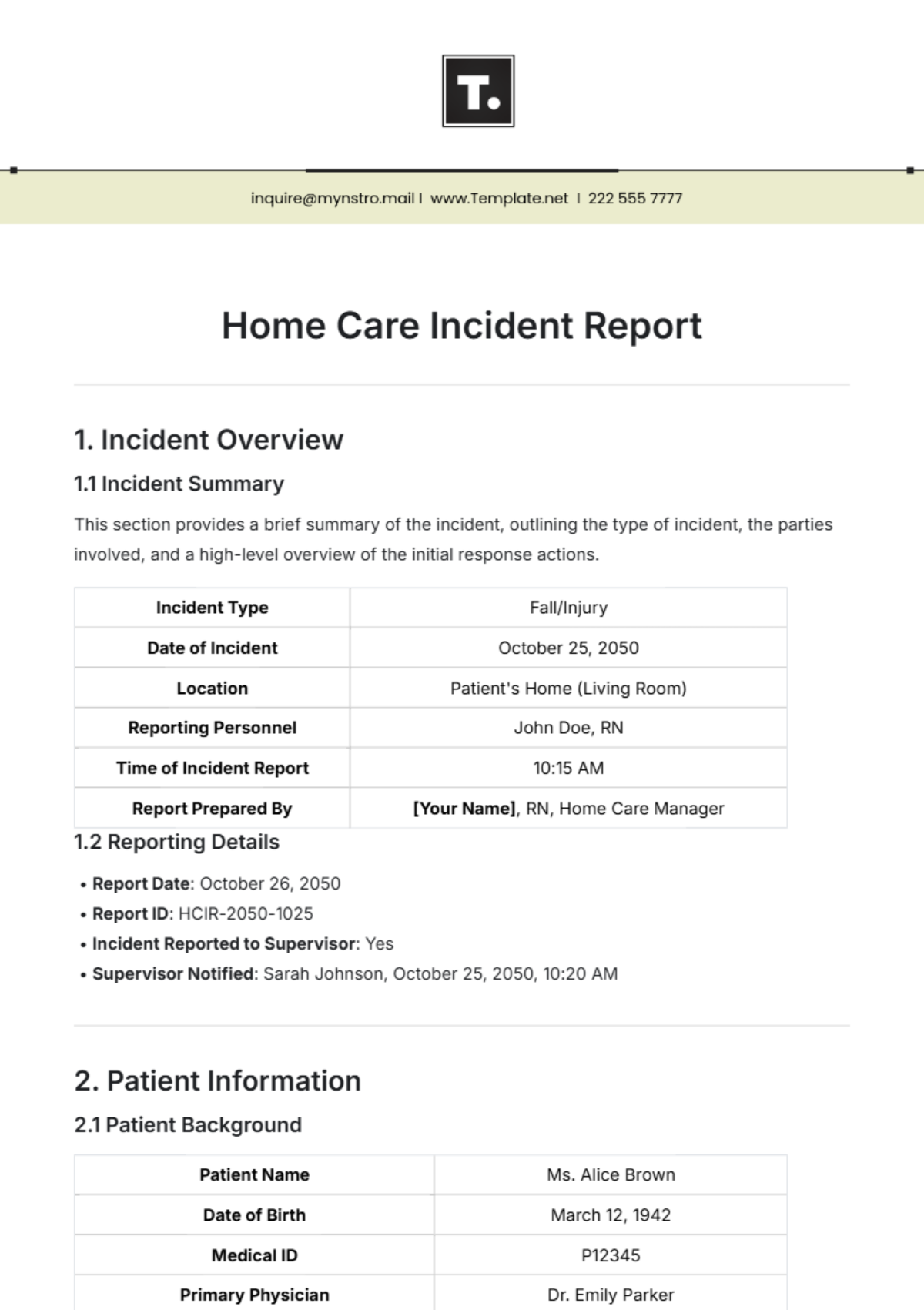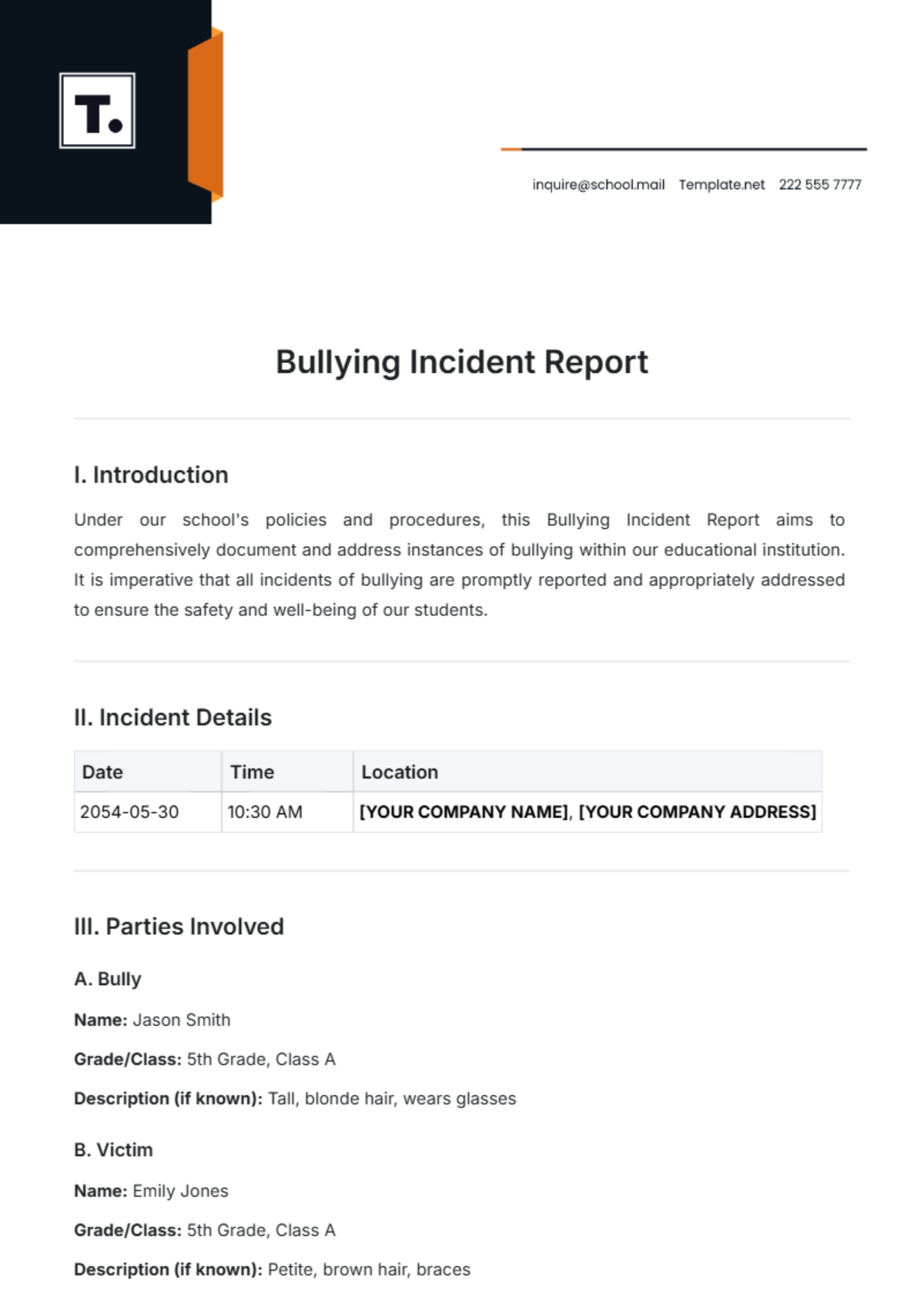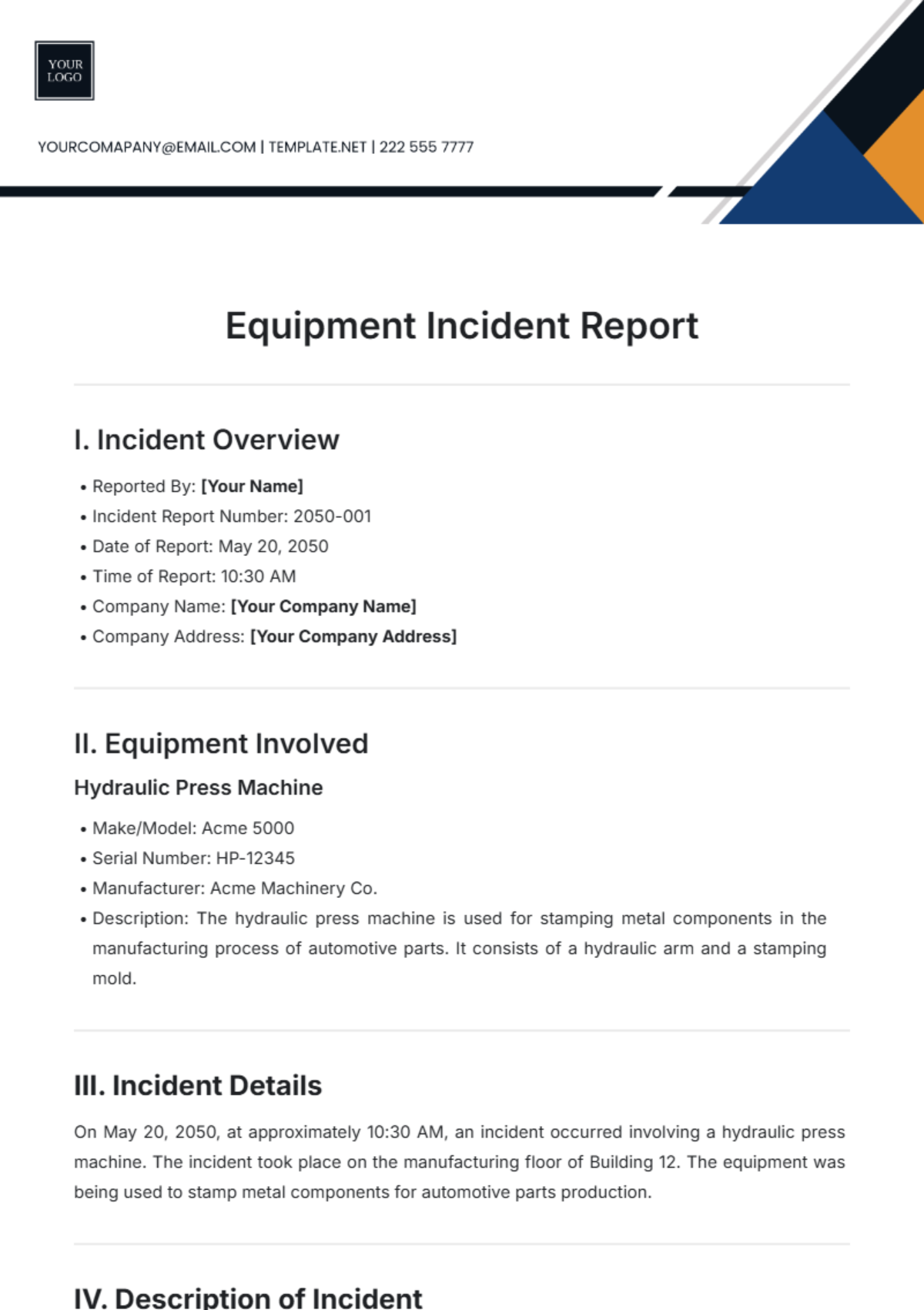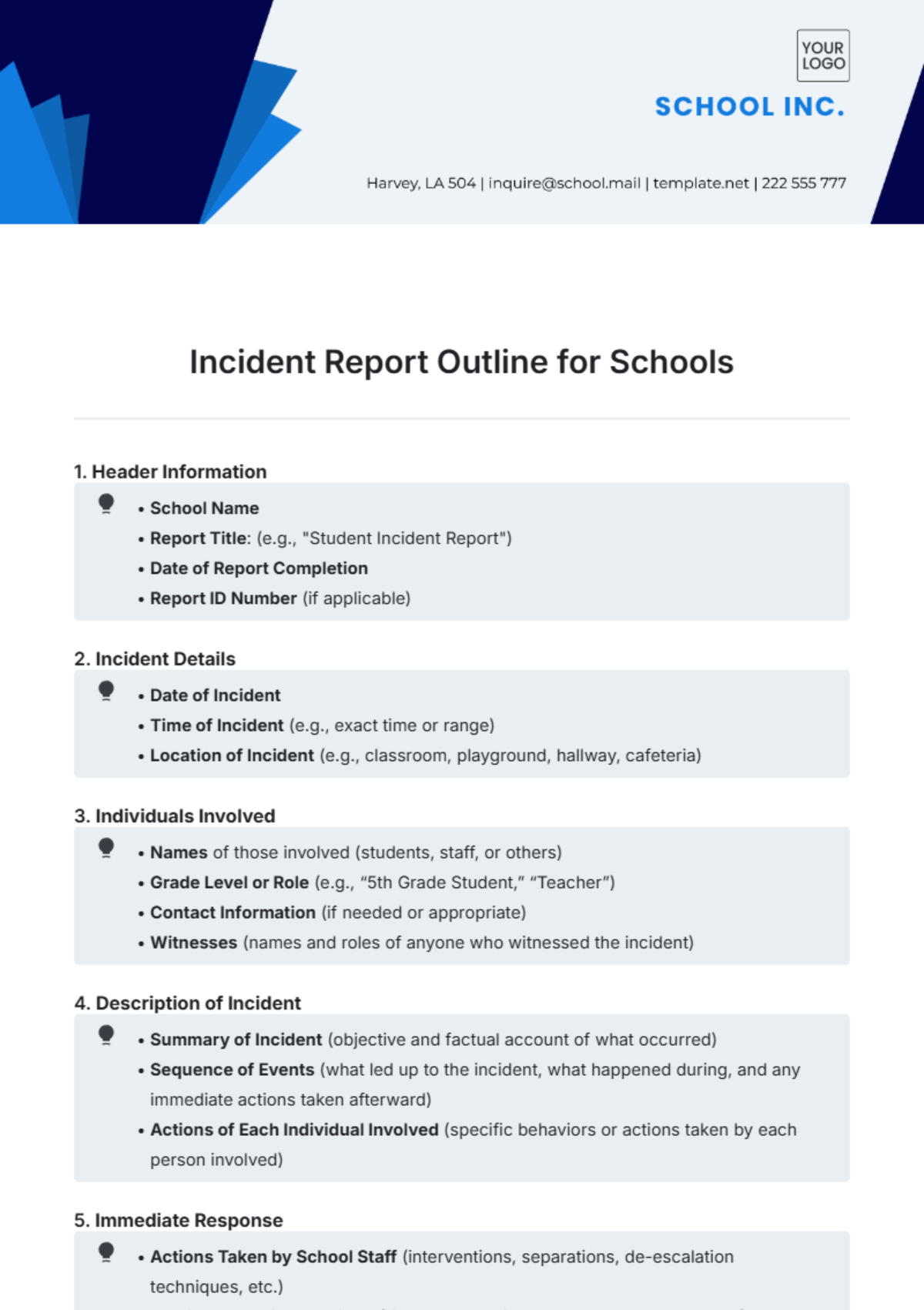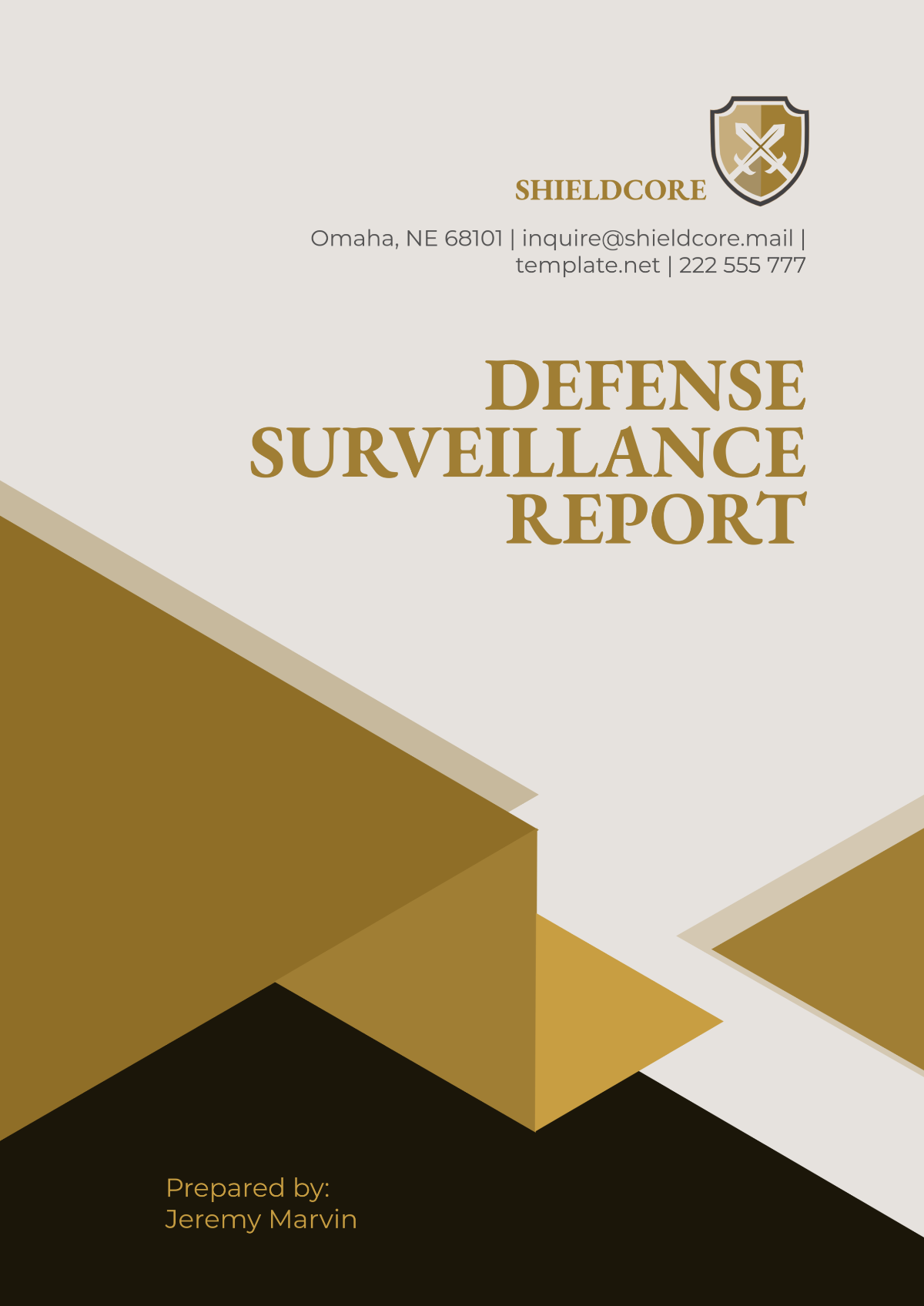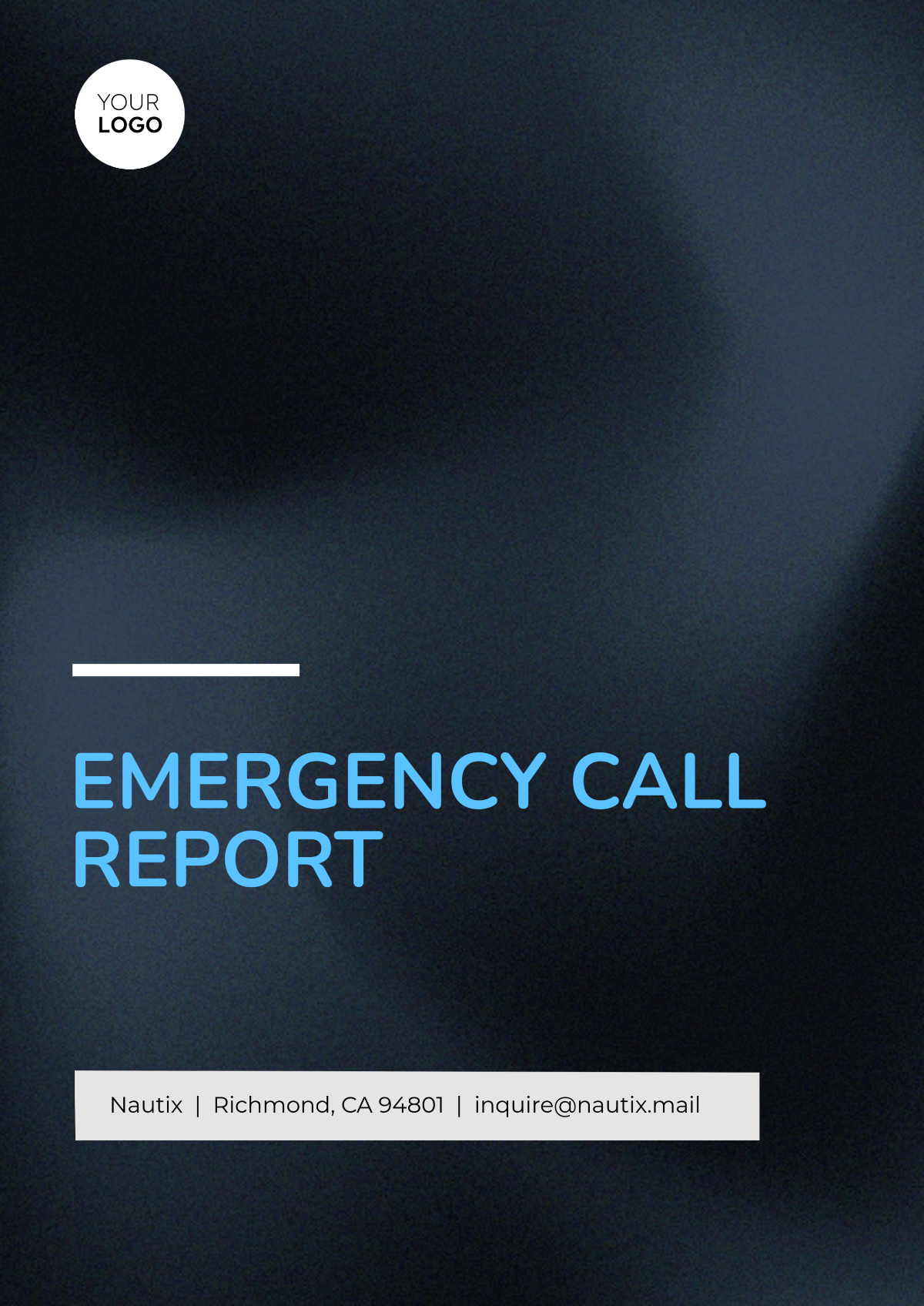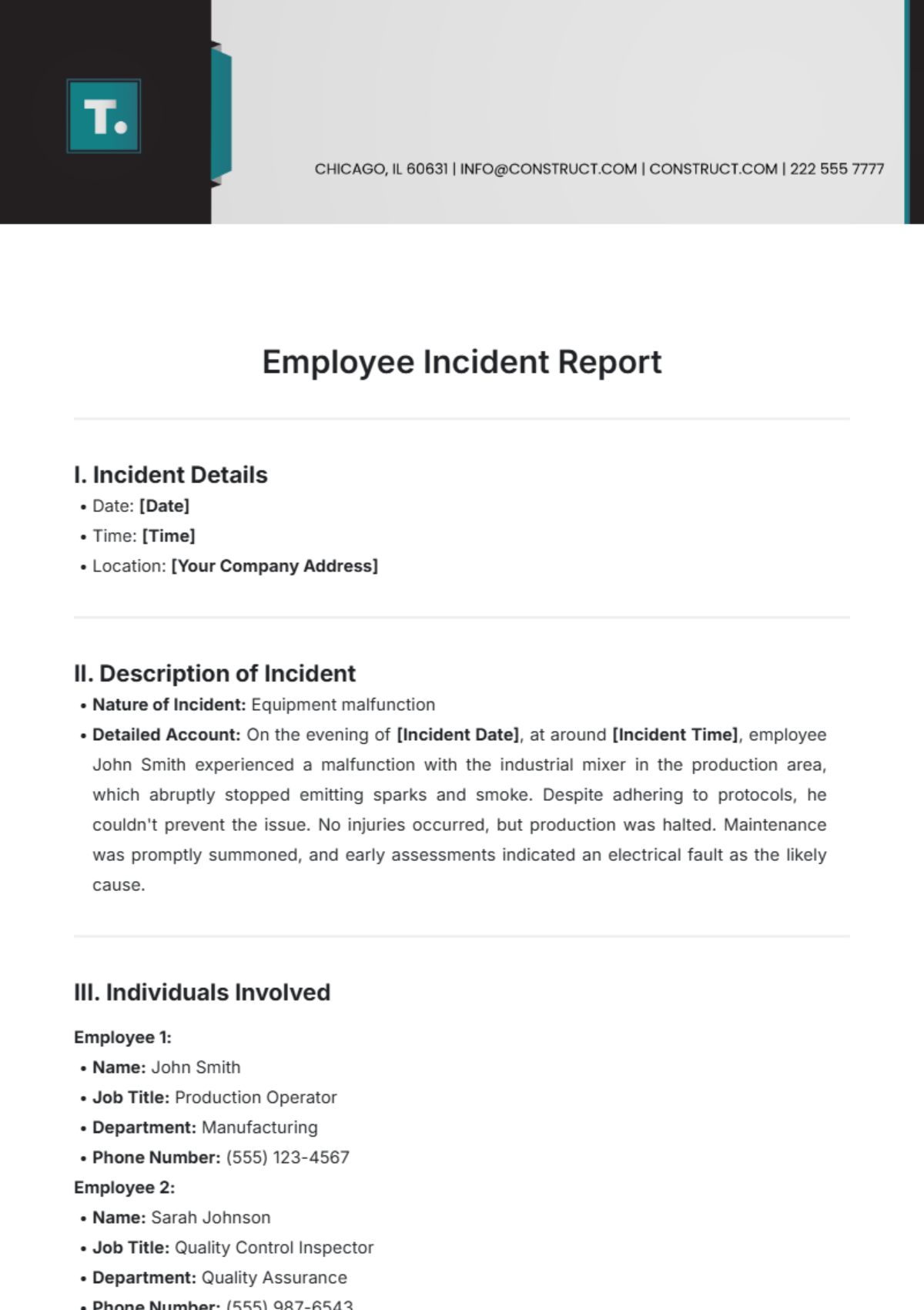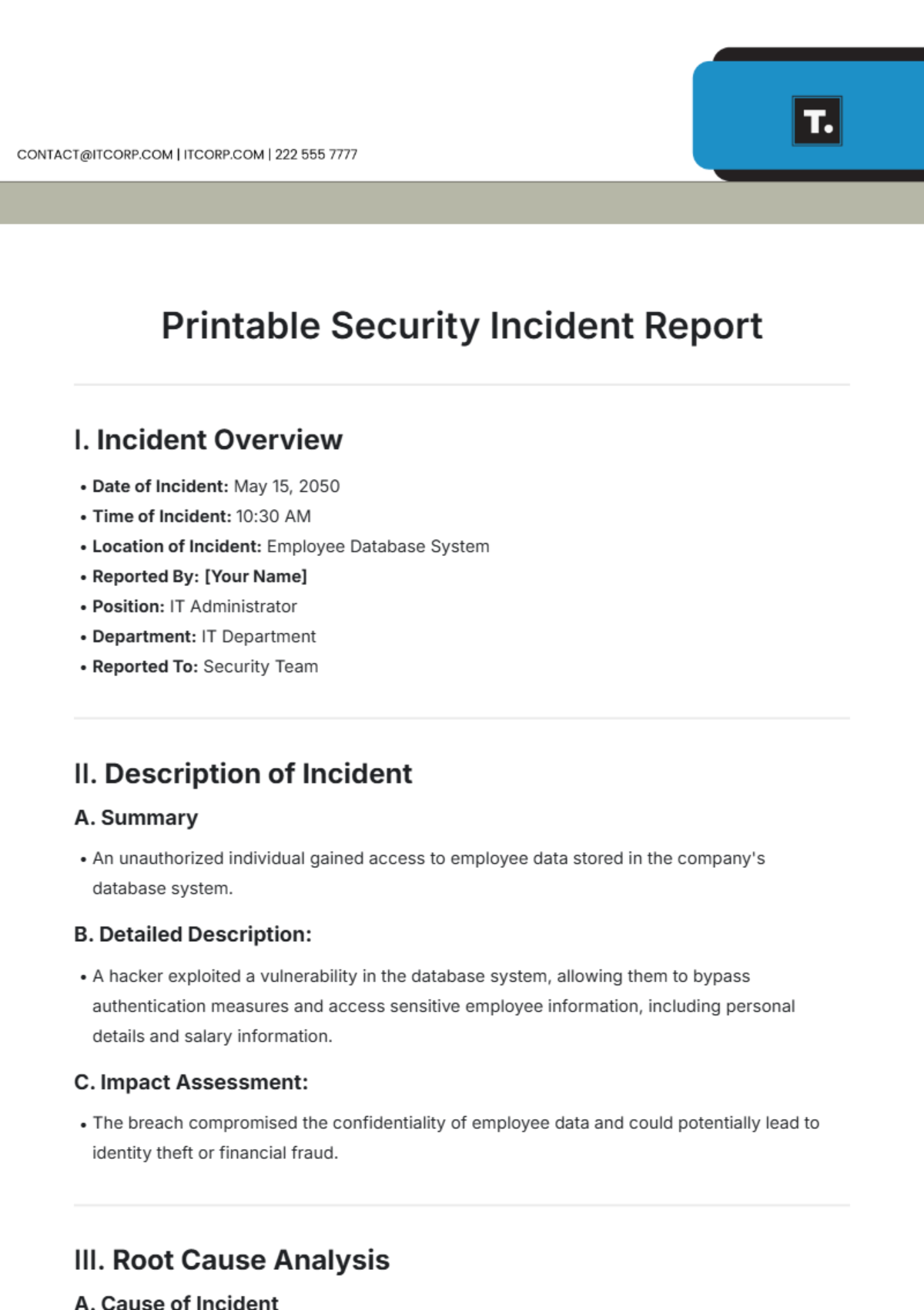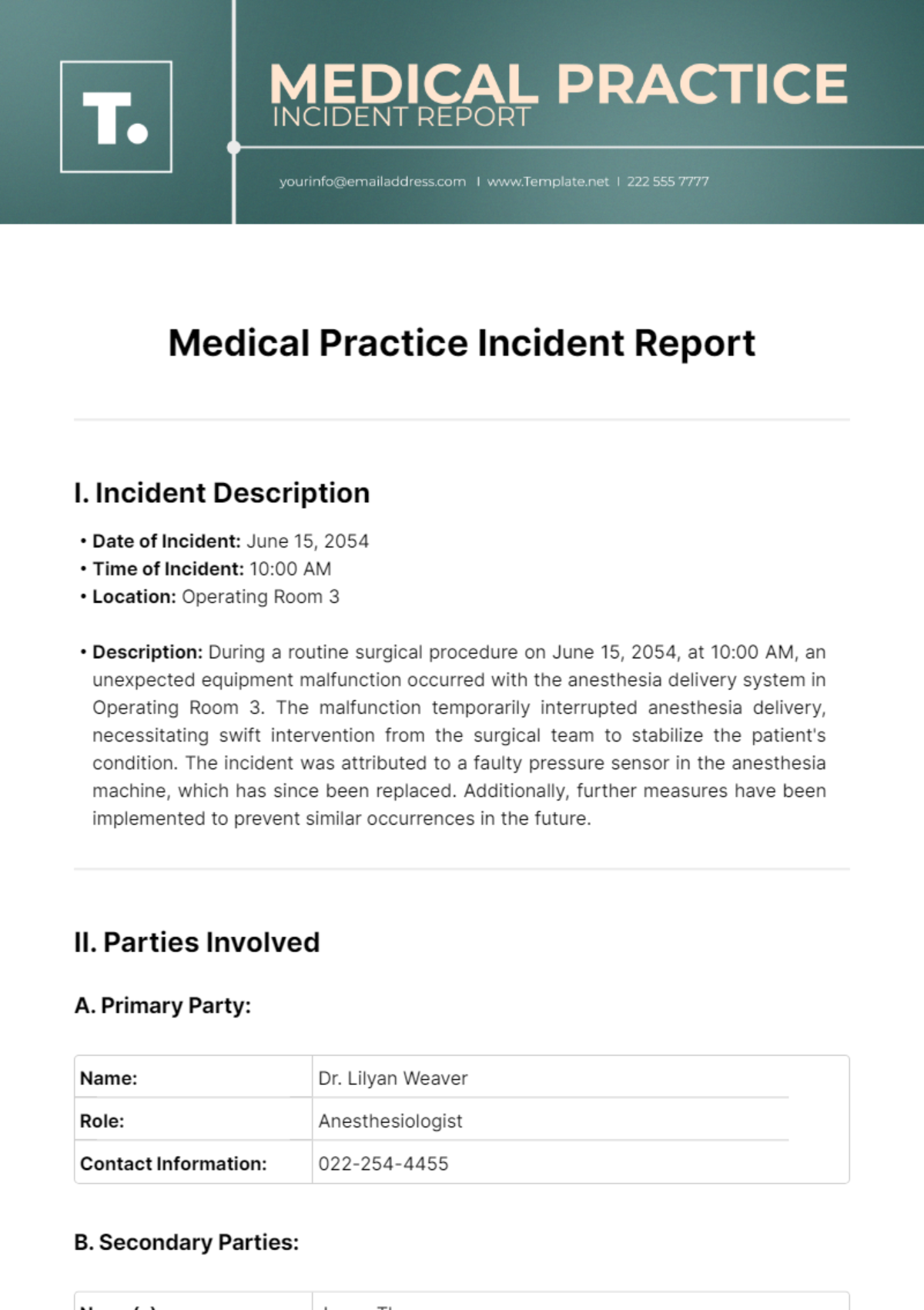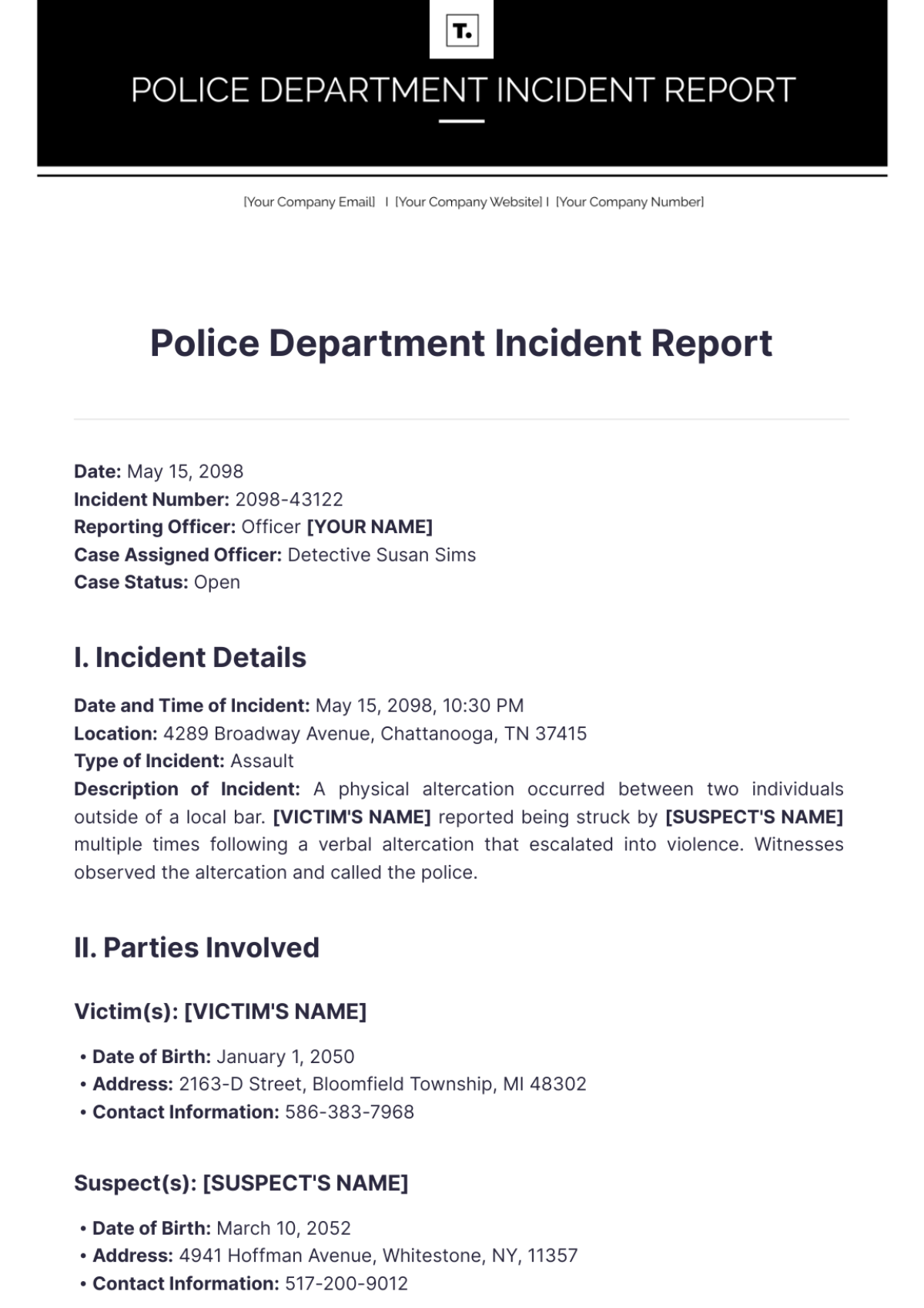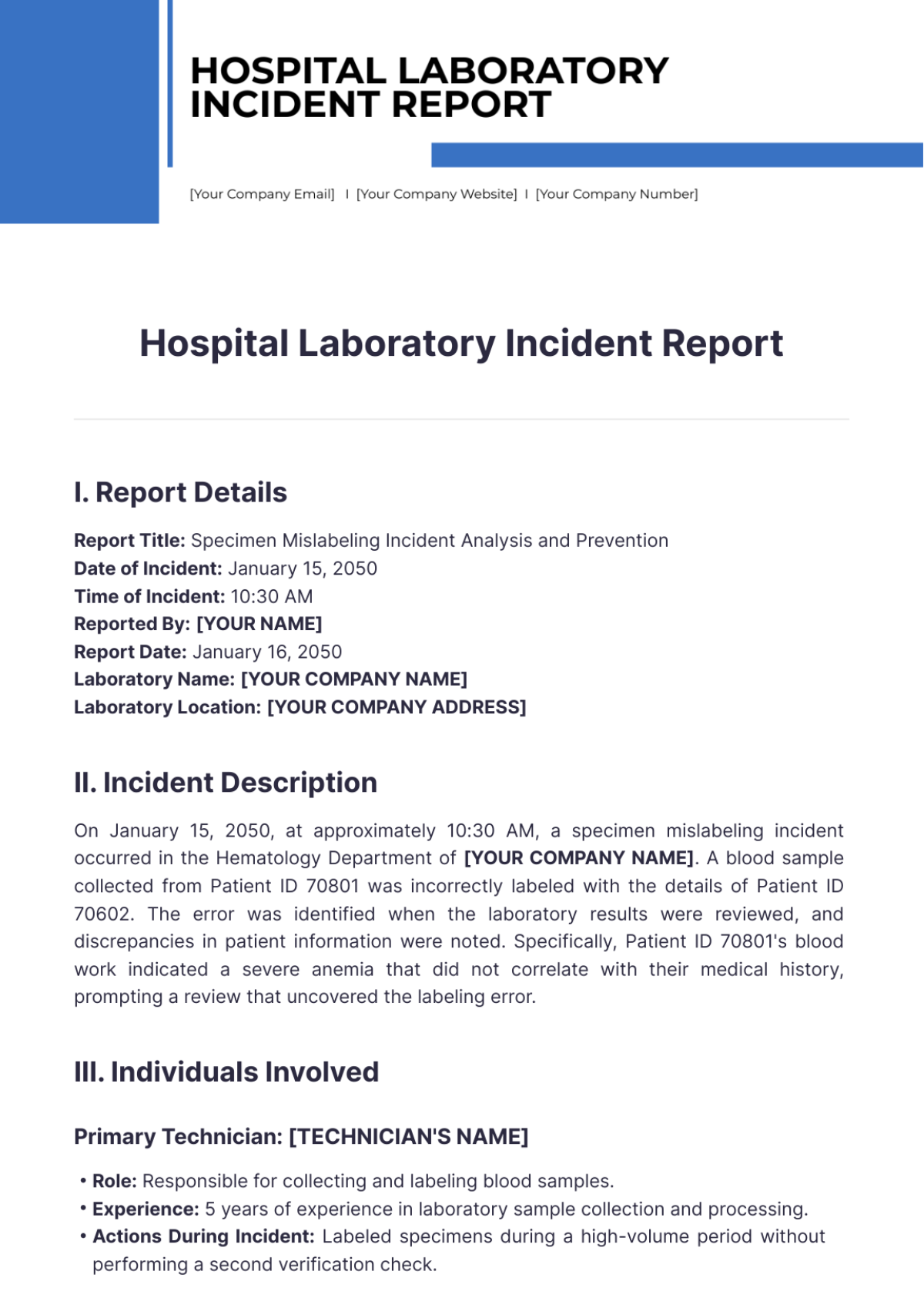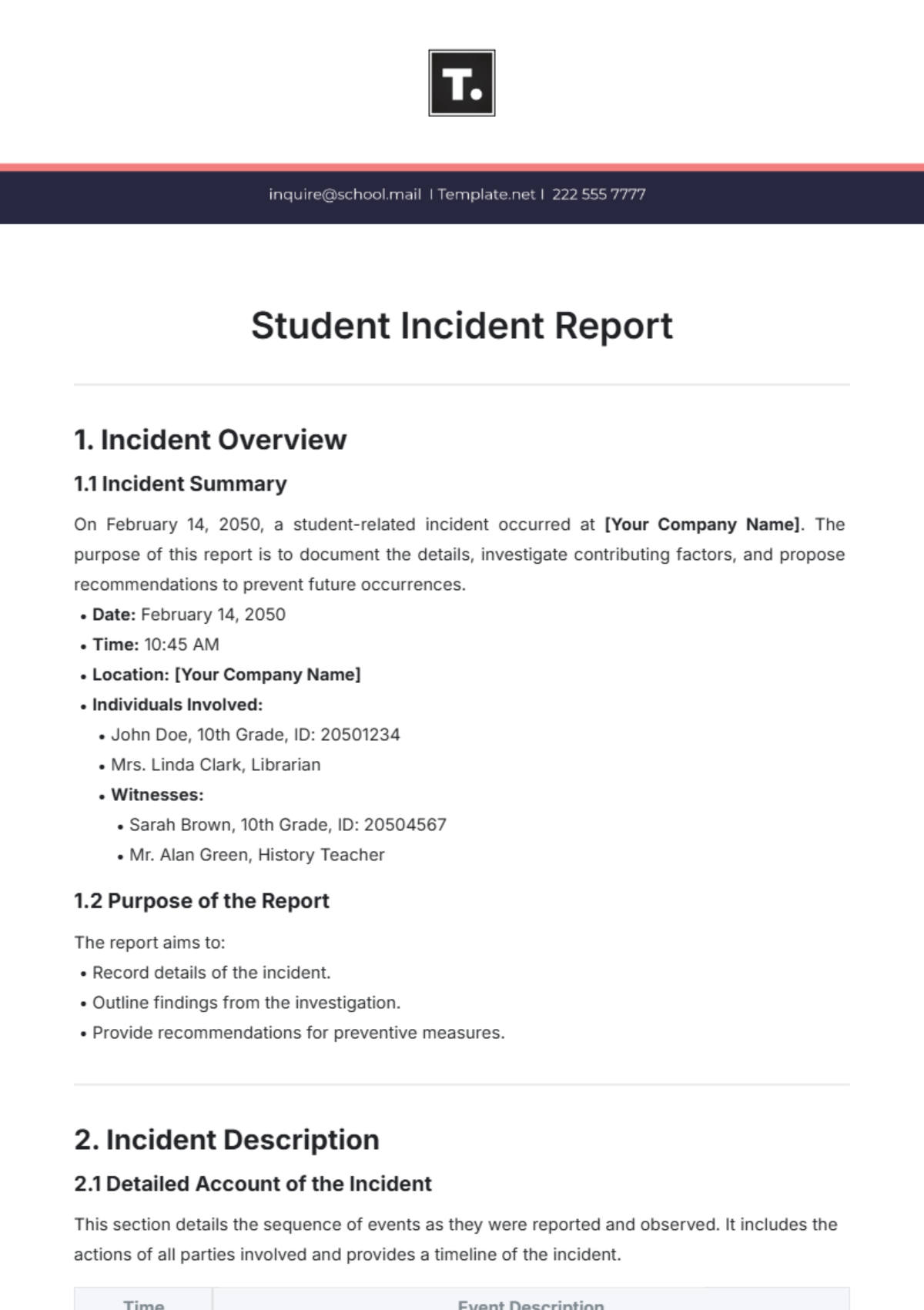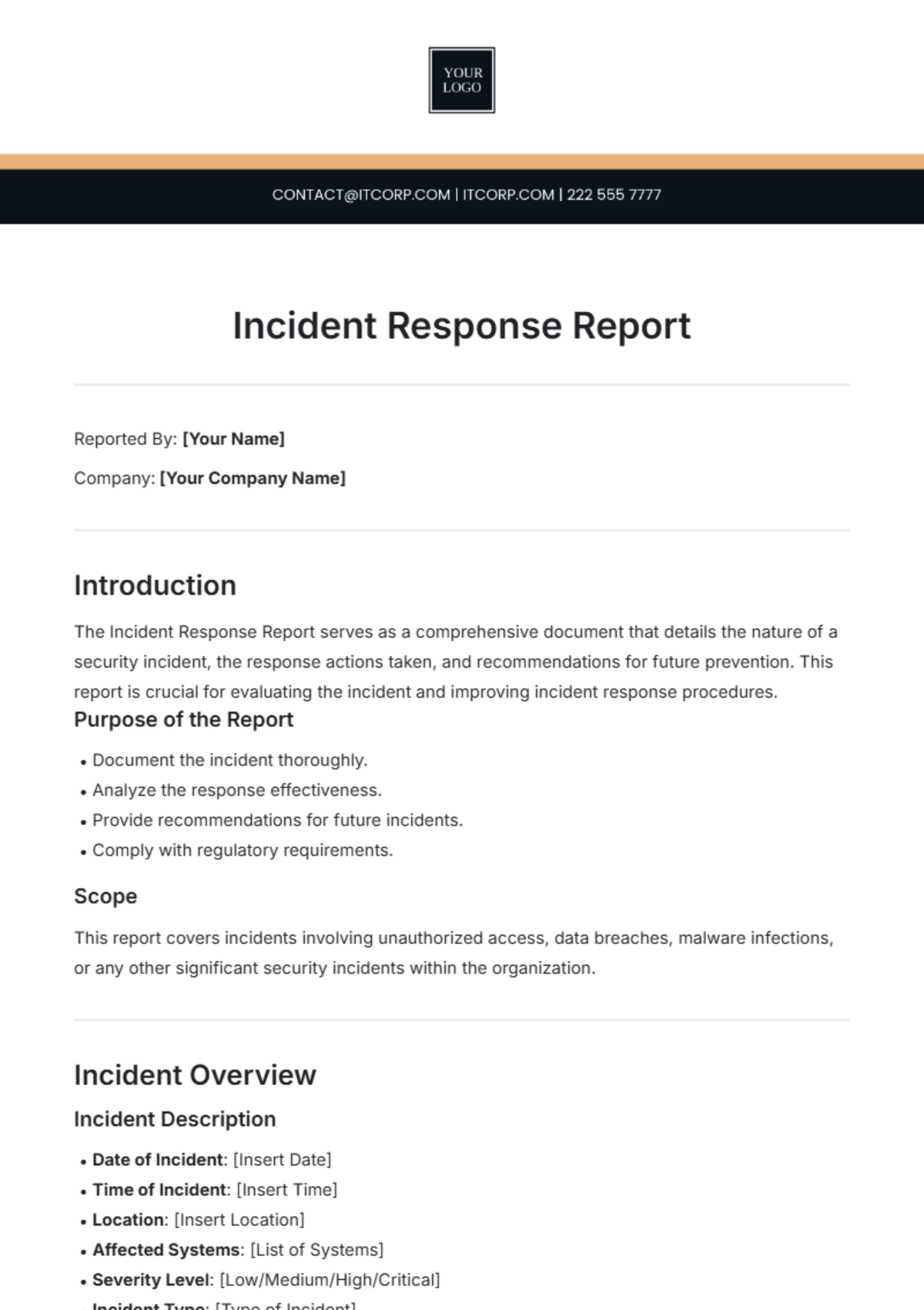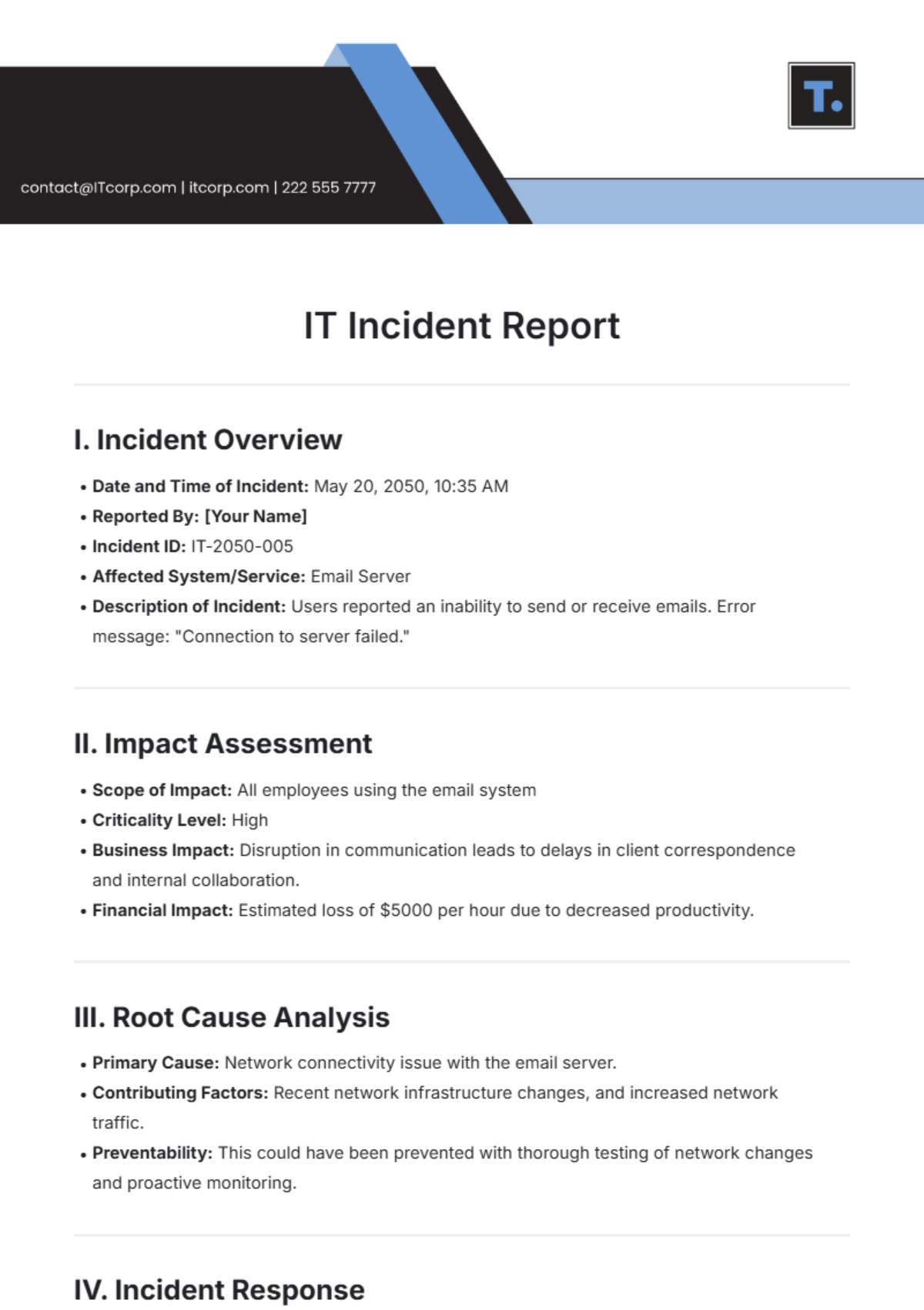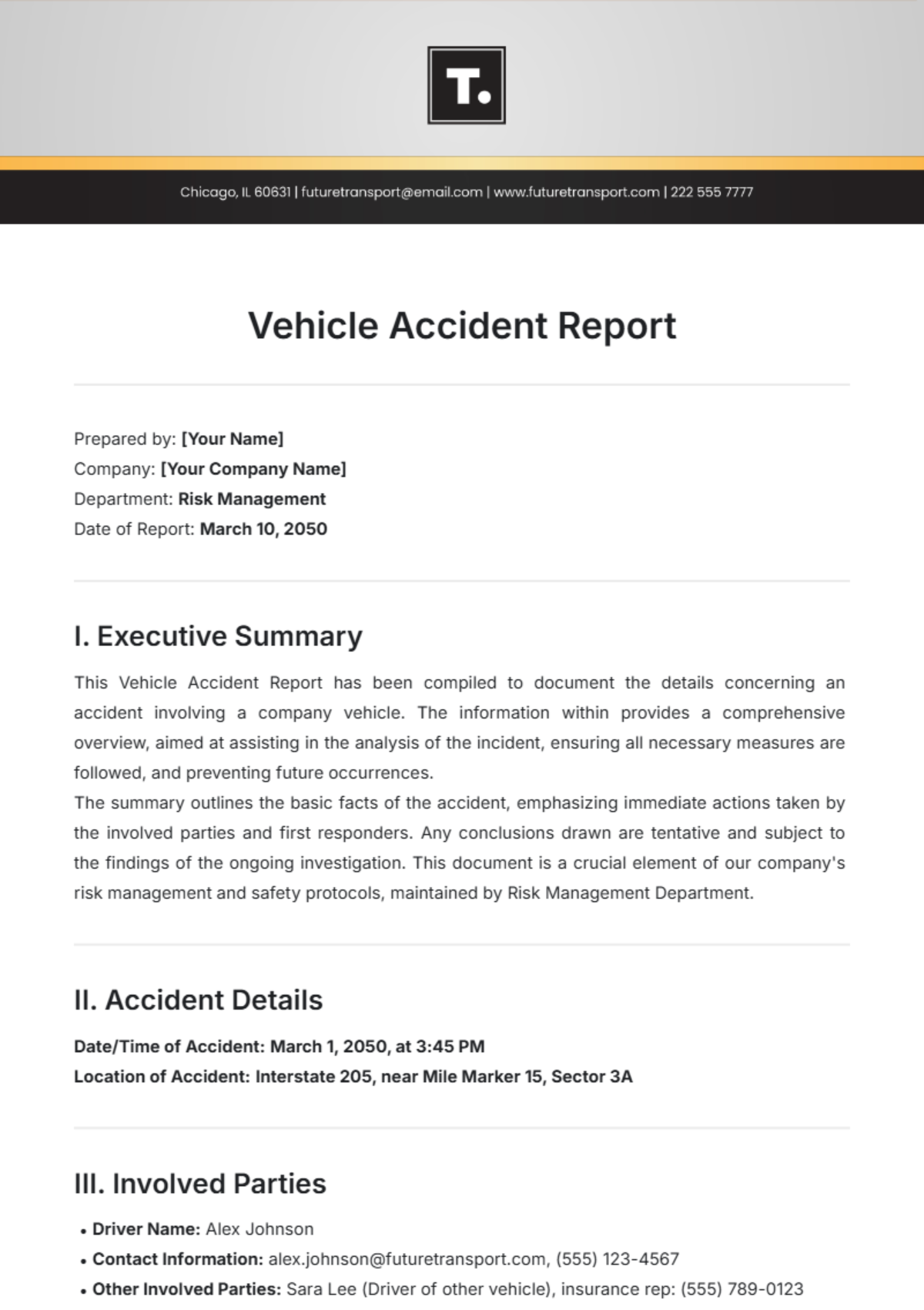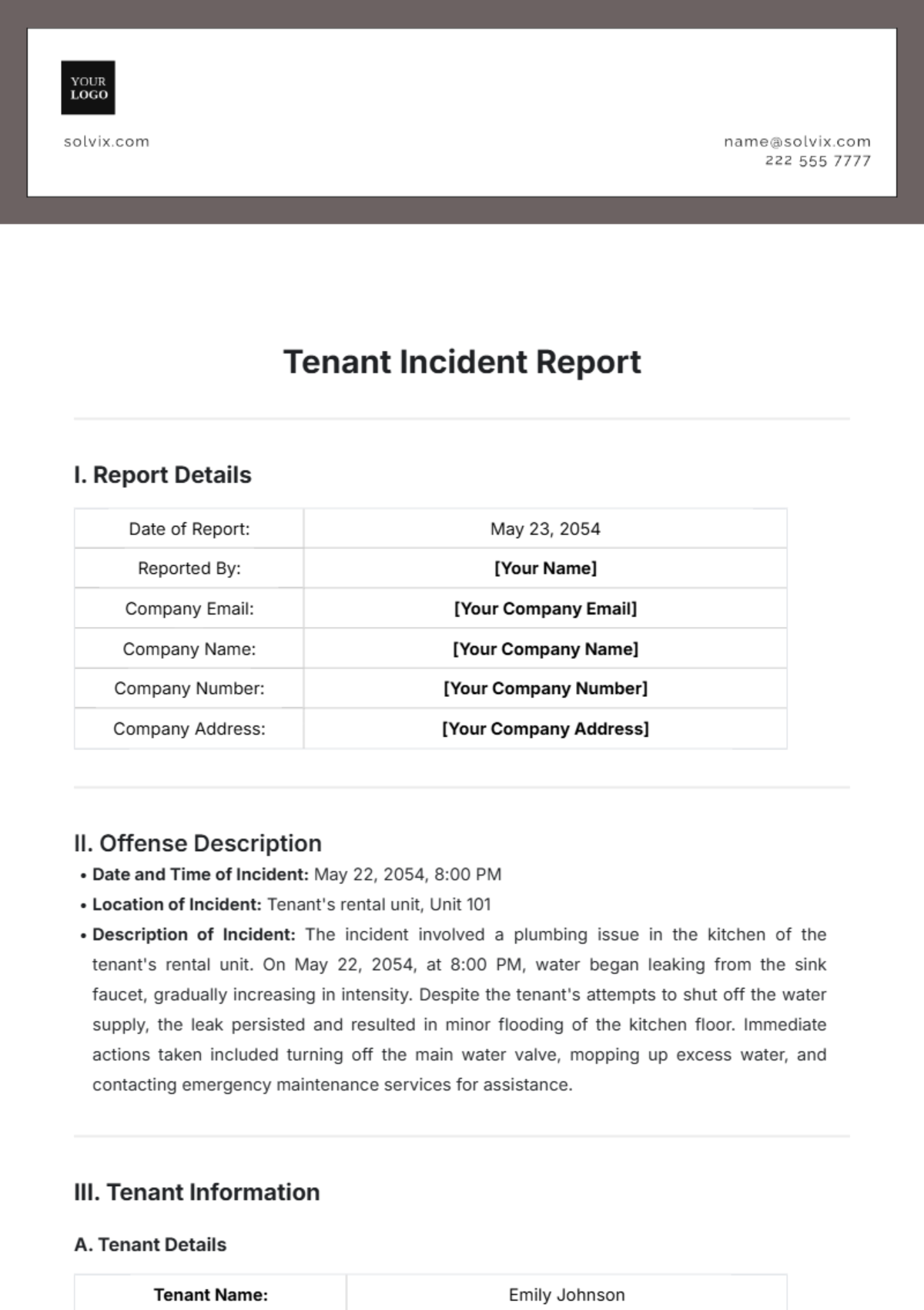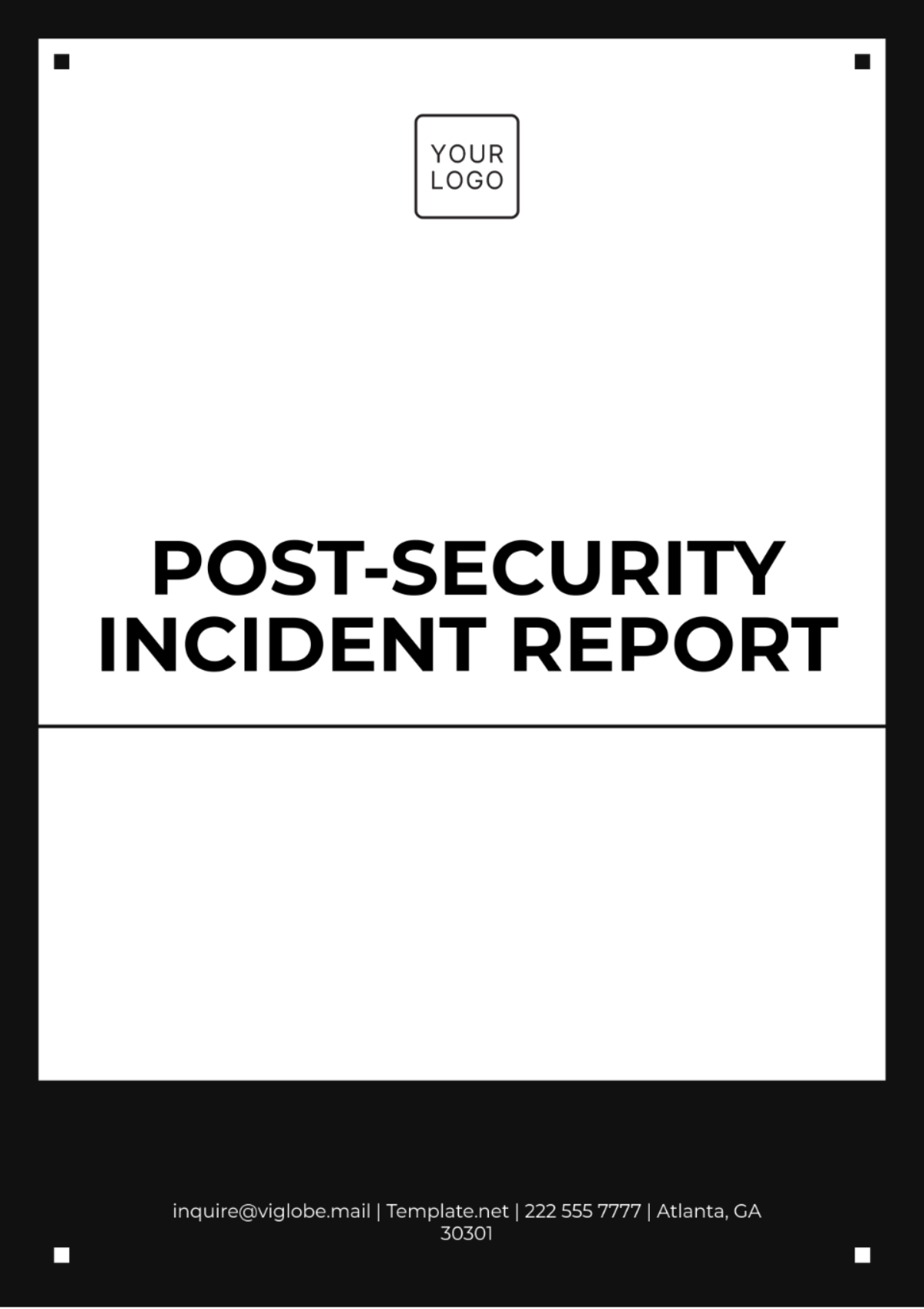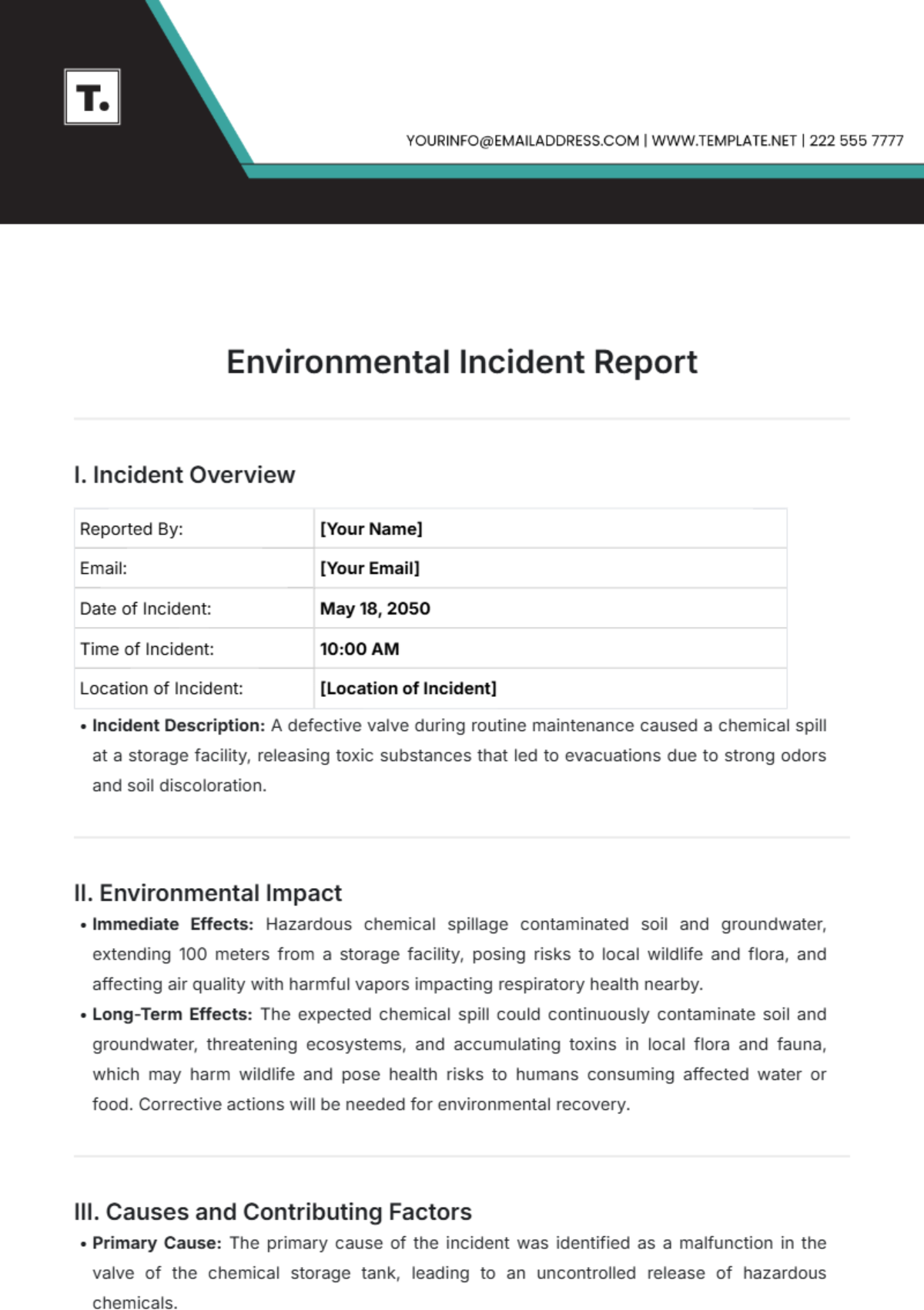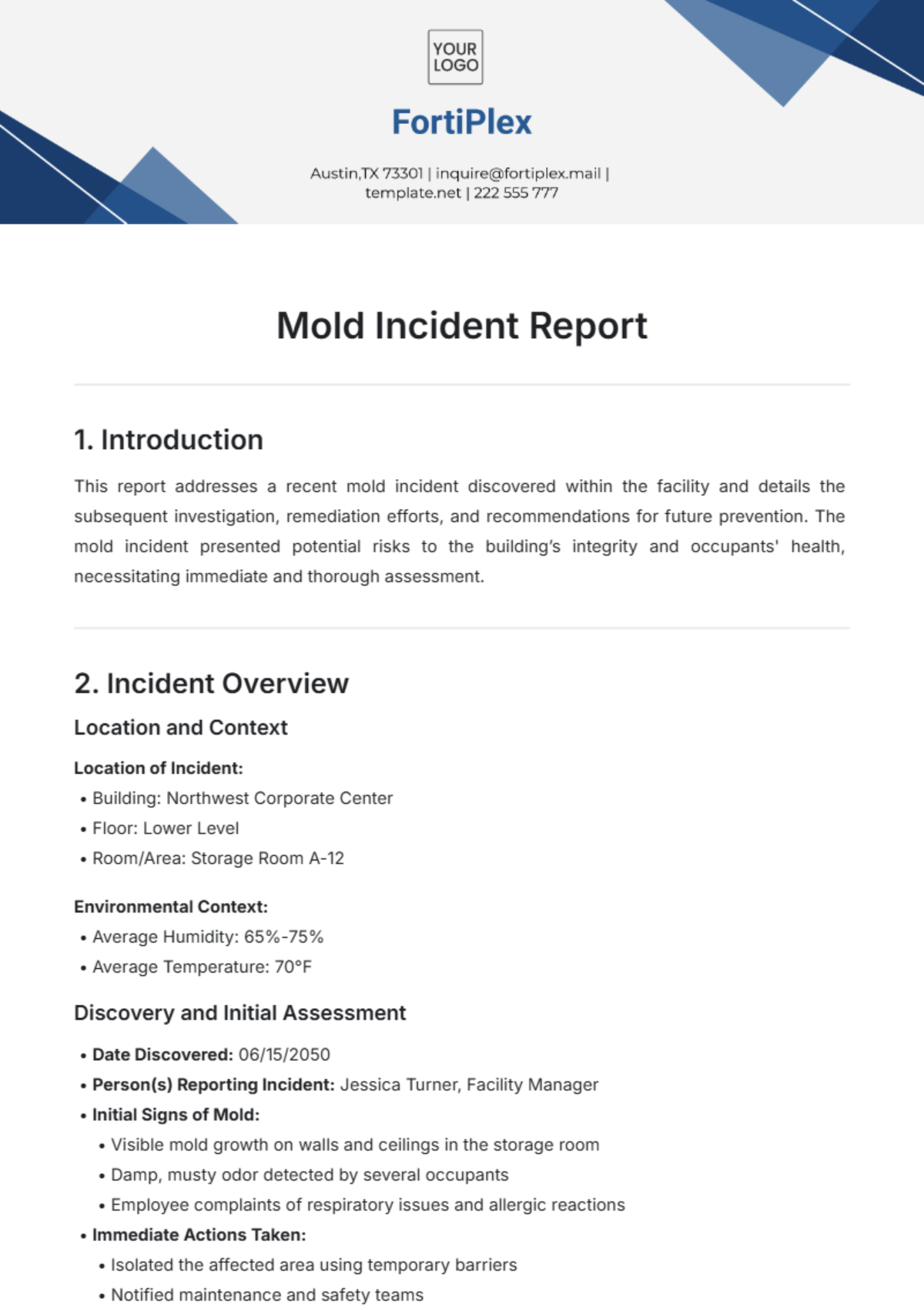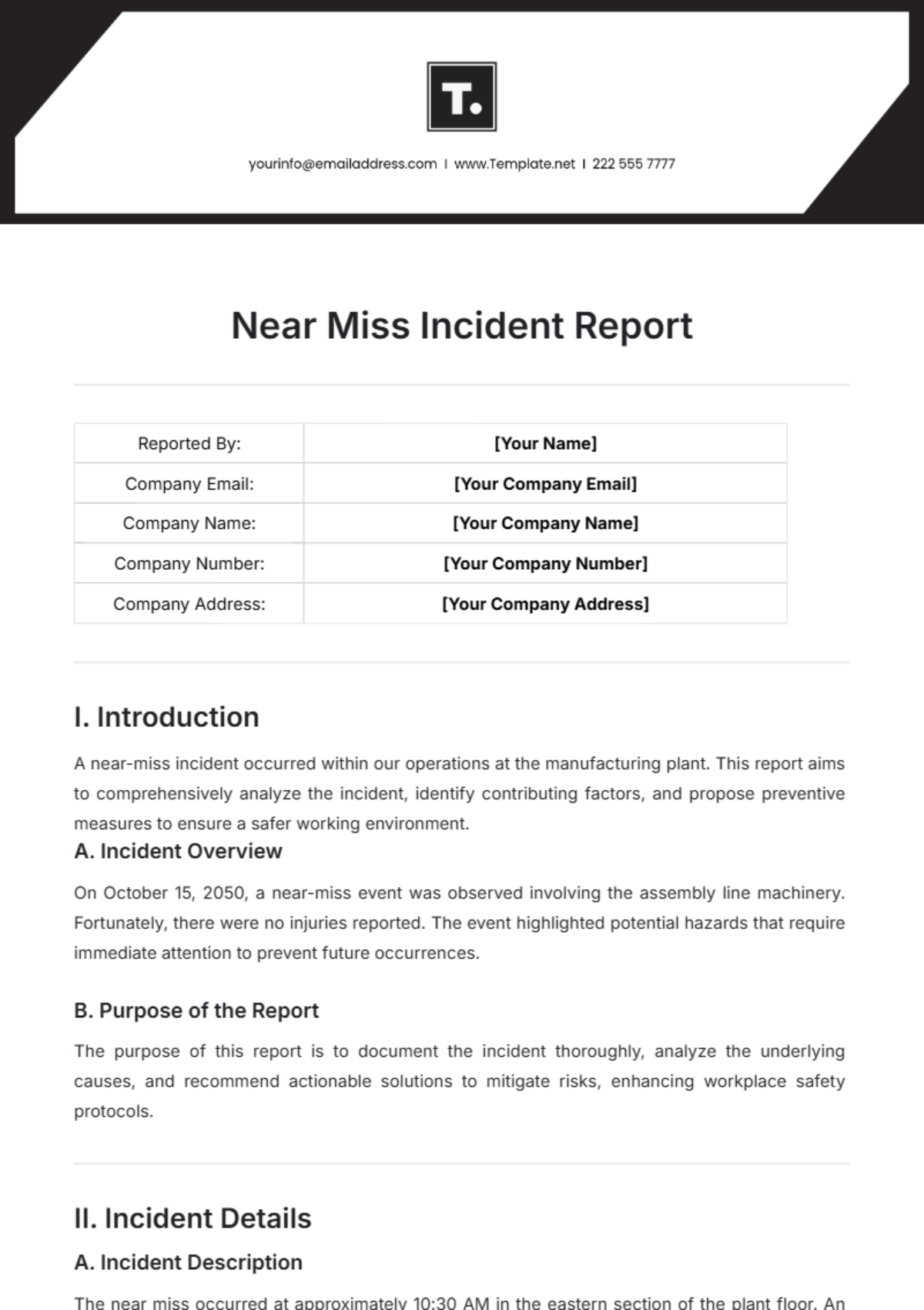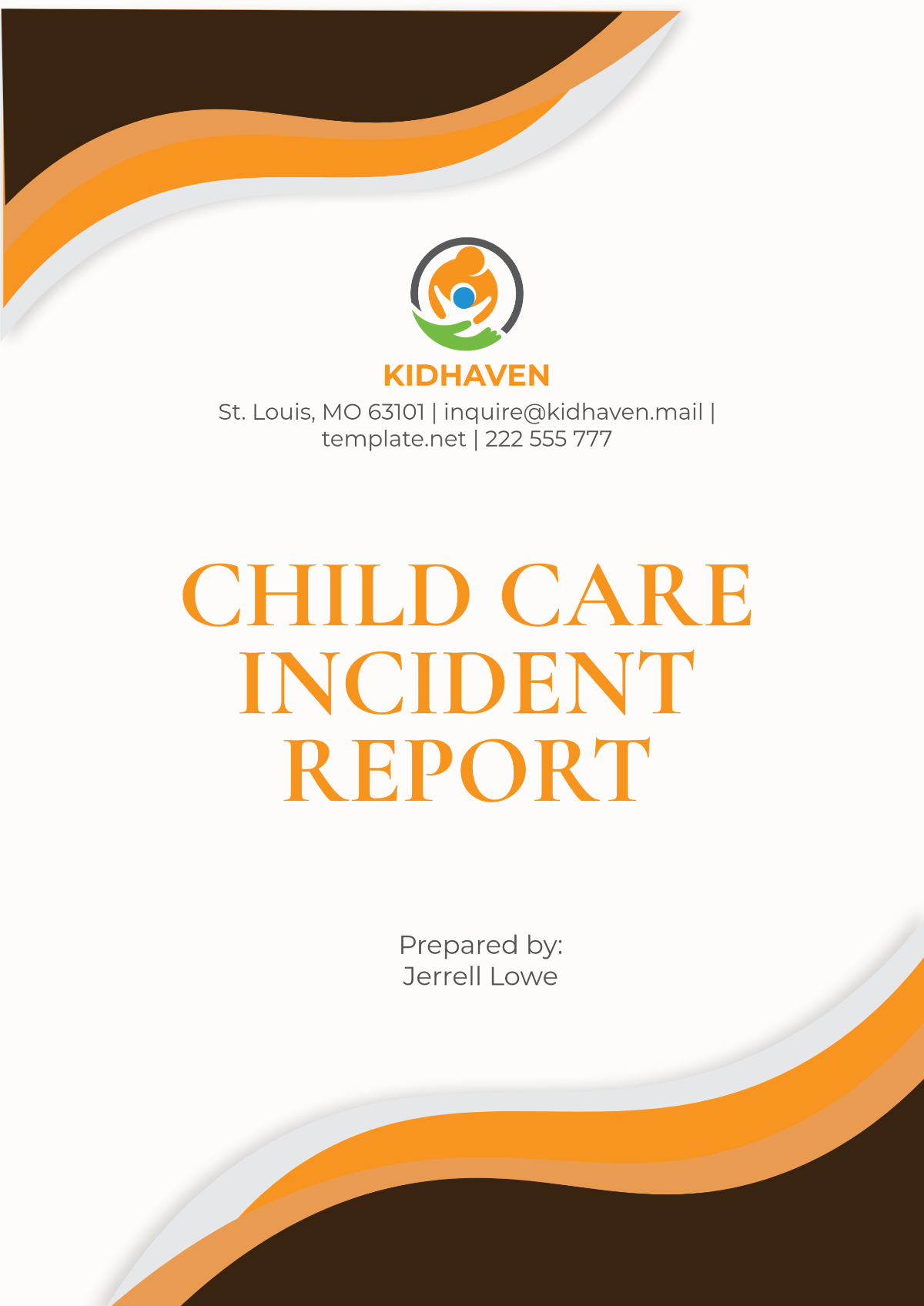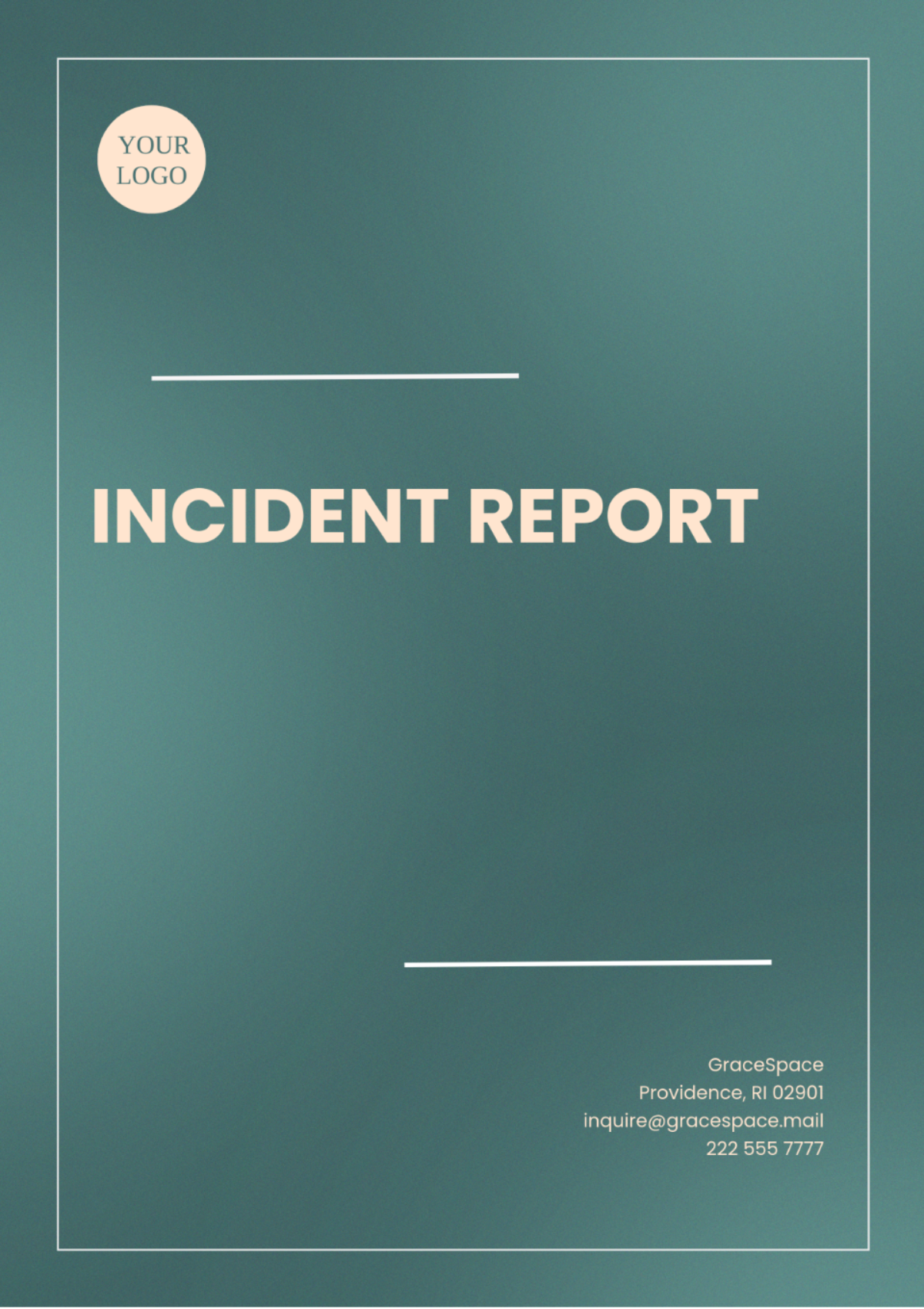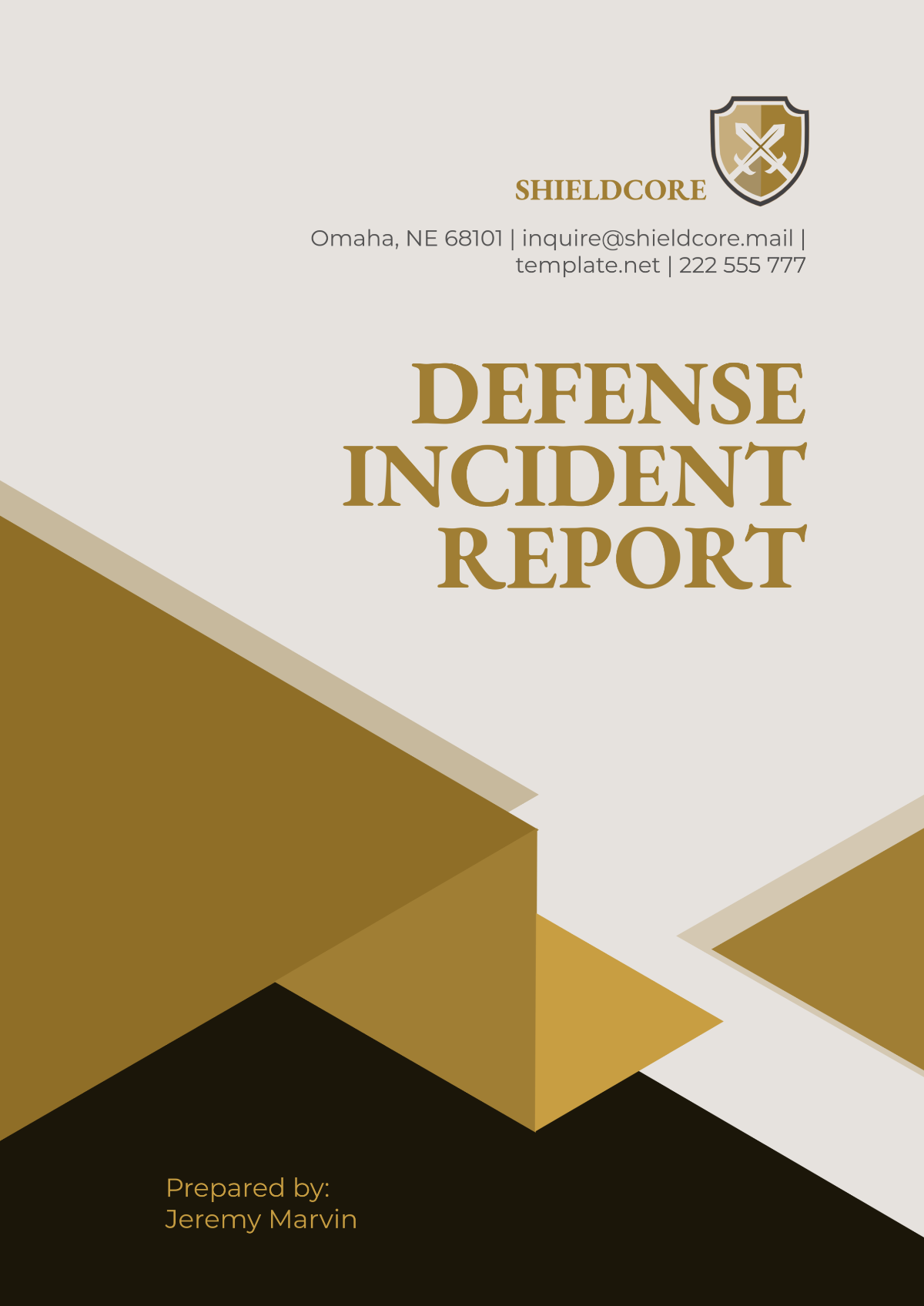SBAR Reporting
Date: September 26, 2050
I. Situation
Patient Name: Malcolm Raynor
Age: 72 years
Gender: Male
Admitting Diagnosis: Chronic Obstructive Pulmonary Disease (COPD) Exacerbation
Current Status: Stable but needs more effort to breathe; on supplemental oxygen.
II. Background
Mr. Raynor was admitted to [Your Company Name] on September 24, 2050, after presenting with increased shortness of breath and a productive cough for the past three days. His medical history includes:
COPD (moderate severity)
Hypertension
Coronary Artery Disease
He has a history of multiple exacerbations requiring hospitalization. The patient is currently on a home regimen of a long-acting beta-agonist and inhaled corticosteroids. He also received nebulizer treatments upon admission.
III. Assessment
Vital Signs:
BP: 140/90 mmHg
HR: 88 bpm
RR: 22 breaths/min
O2 Sat: 92% on 2L nasal cannula
Respiratory Assessment:
Lung sounds: Wheezes and rhonchi bilaterally
Accessory muscle use observed; patient appears fatigued.
Laboratory Results:
Arterial Blood Gas (ABG): pH 7.32, pCO2 55 mmHg, pO2 70 mmHg
The patient reports moderate dyspnea, rated 6/10 on the pain scale, which improves with increased oxygen support.
IV. Recommendation
Continue to monitor vital signs and oxygen saturation closely.
Increase supplemental oxygen to maintain O2 saturation above 94%.
Administer bronchodilator treatments every four hours as needed.
Schedule a follow-up chest X-ray to evaluate for any potential complications.
Educate the patient on proper inhaler techniques and the importance of adhering to prescribed medications.
Next Shift Handoff
Nurse: Philip Mitchell
Contact: (222) 555-7777
Hospital Information
Hospital Name: [Your Company Name]
Address: [Your Company Address]
Email: [Your Company Email]
Phone Number: [Your Company Number]
Your Information
Your Name: [Your Name]
Your Email: [Your Email]
